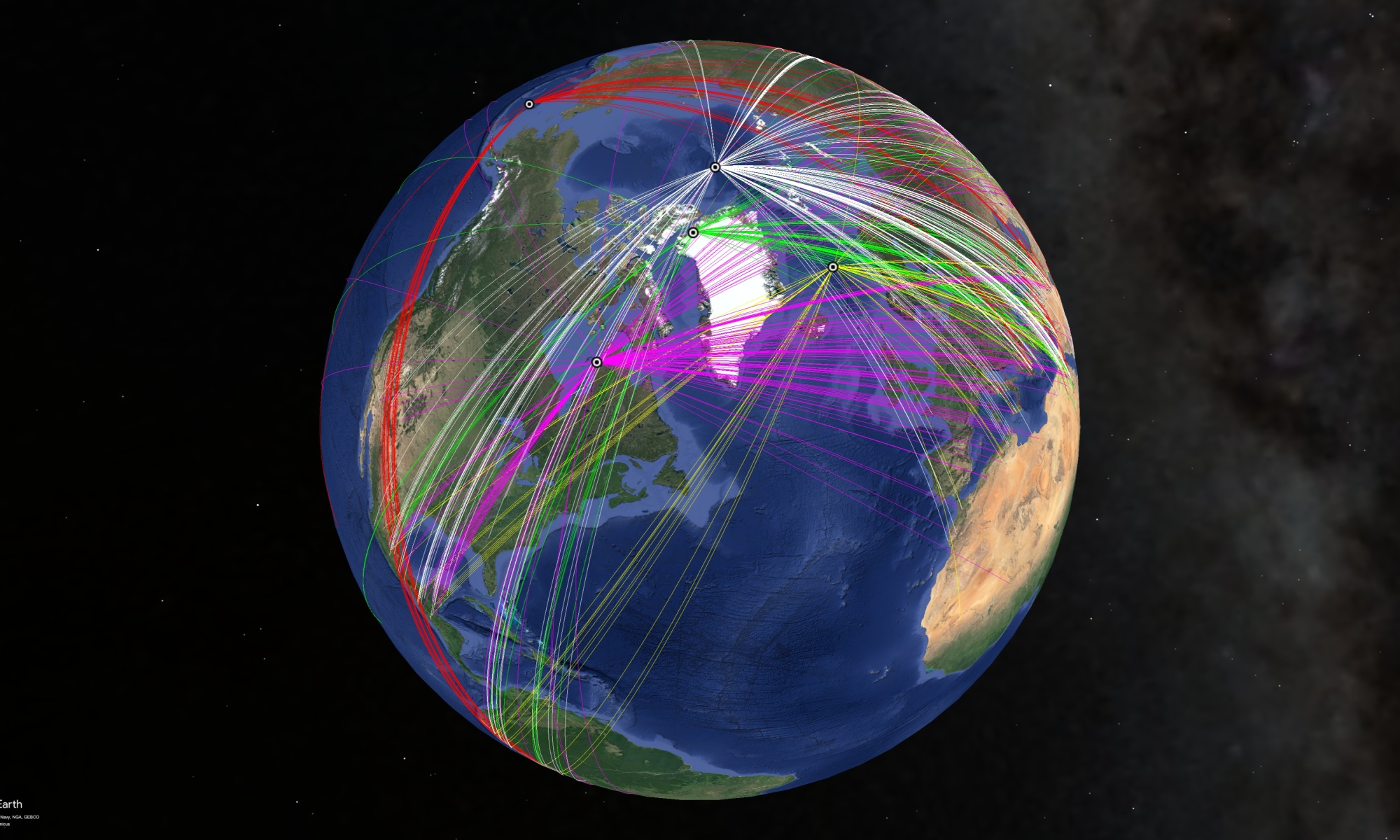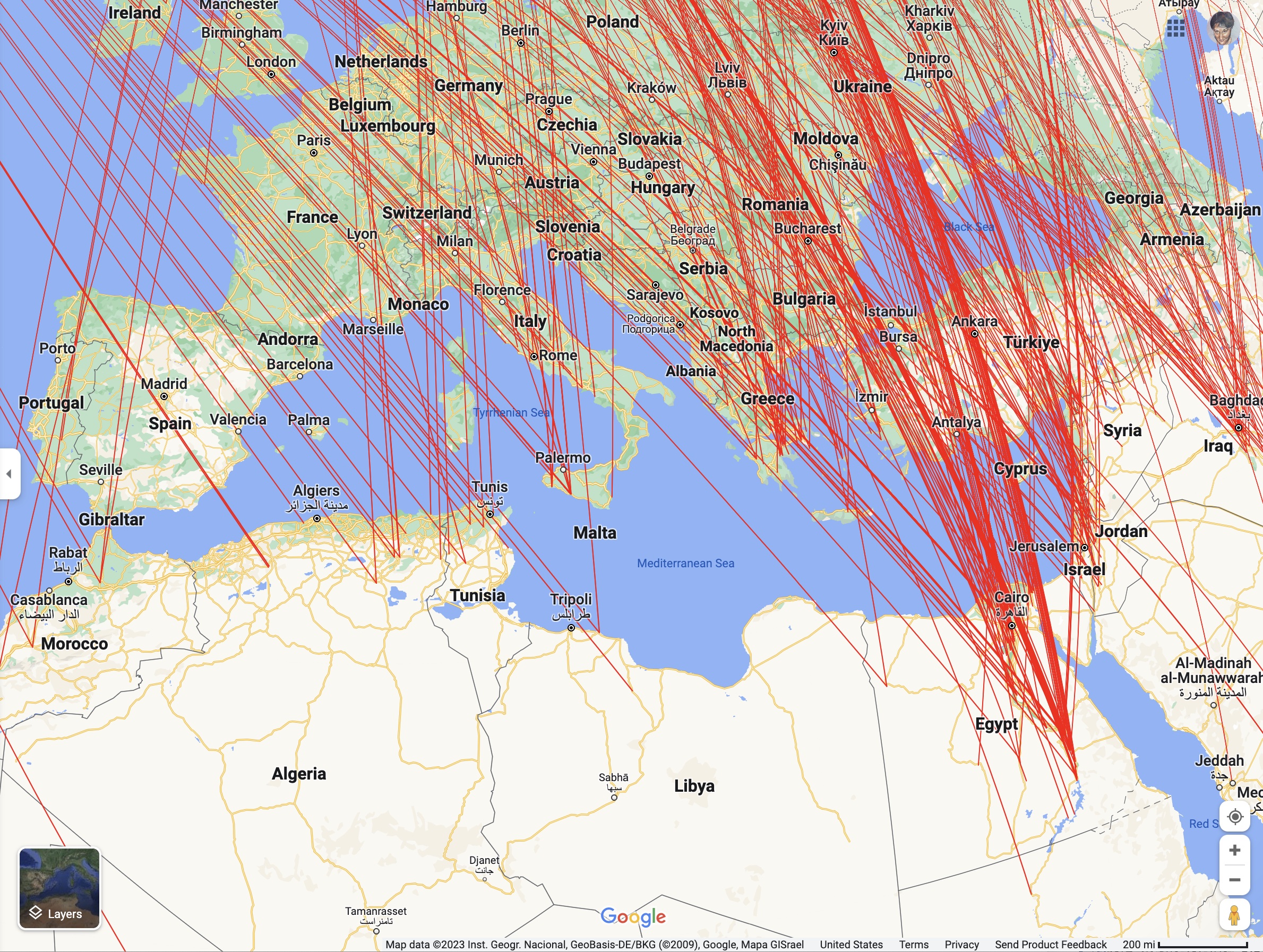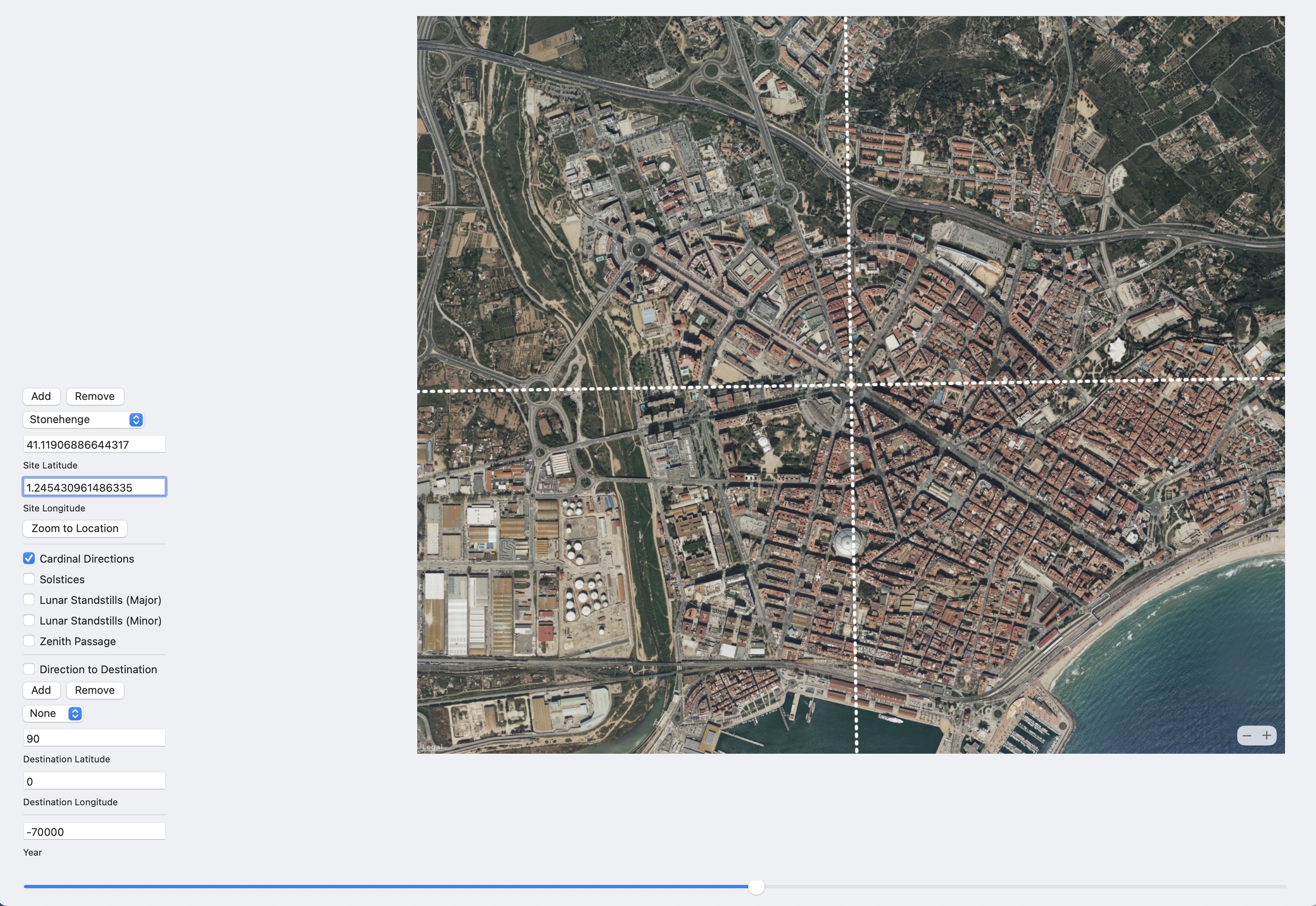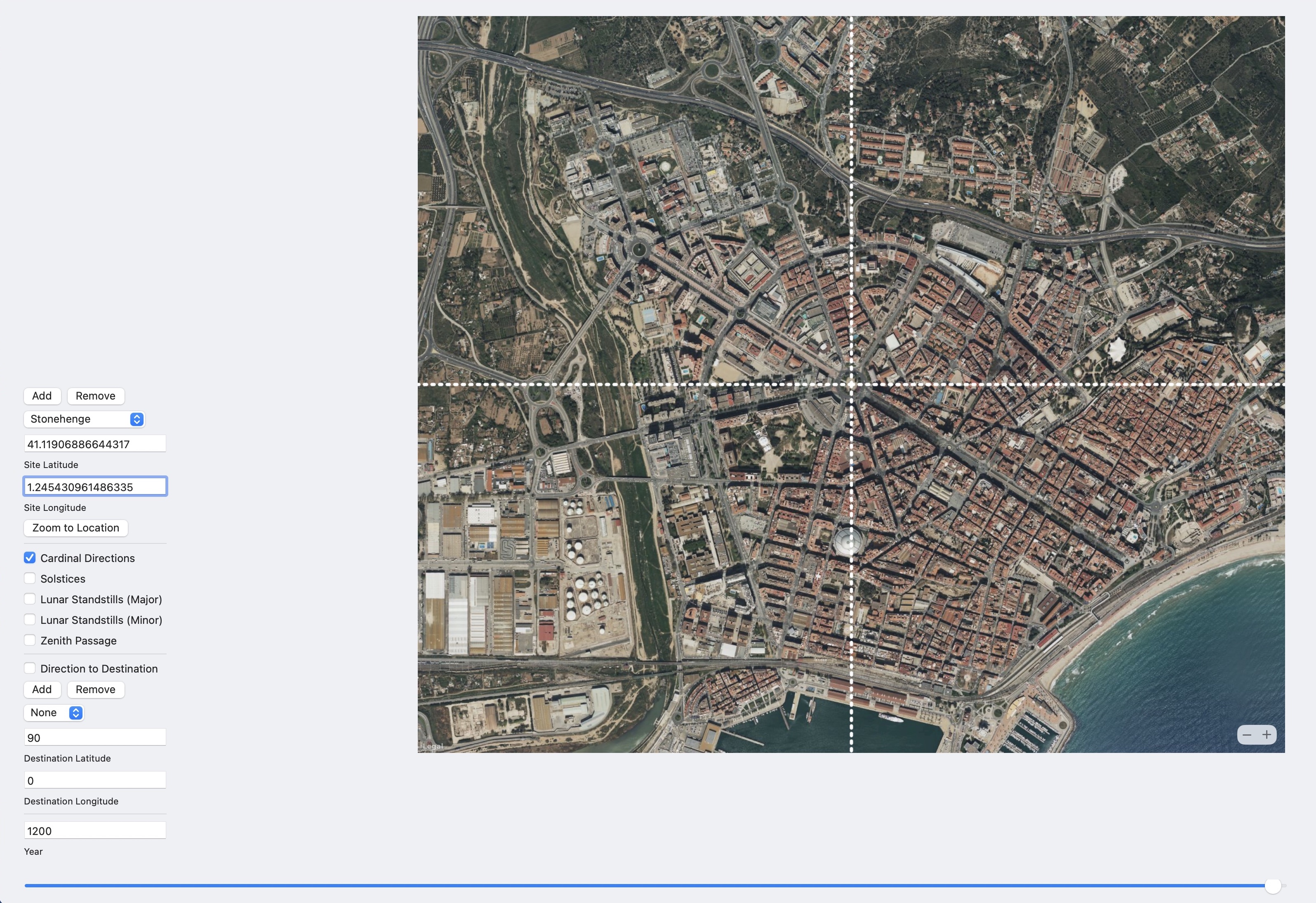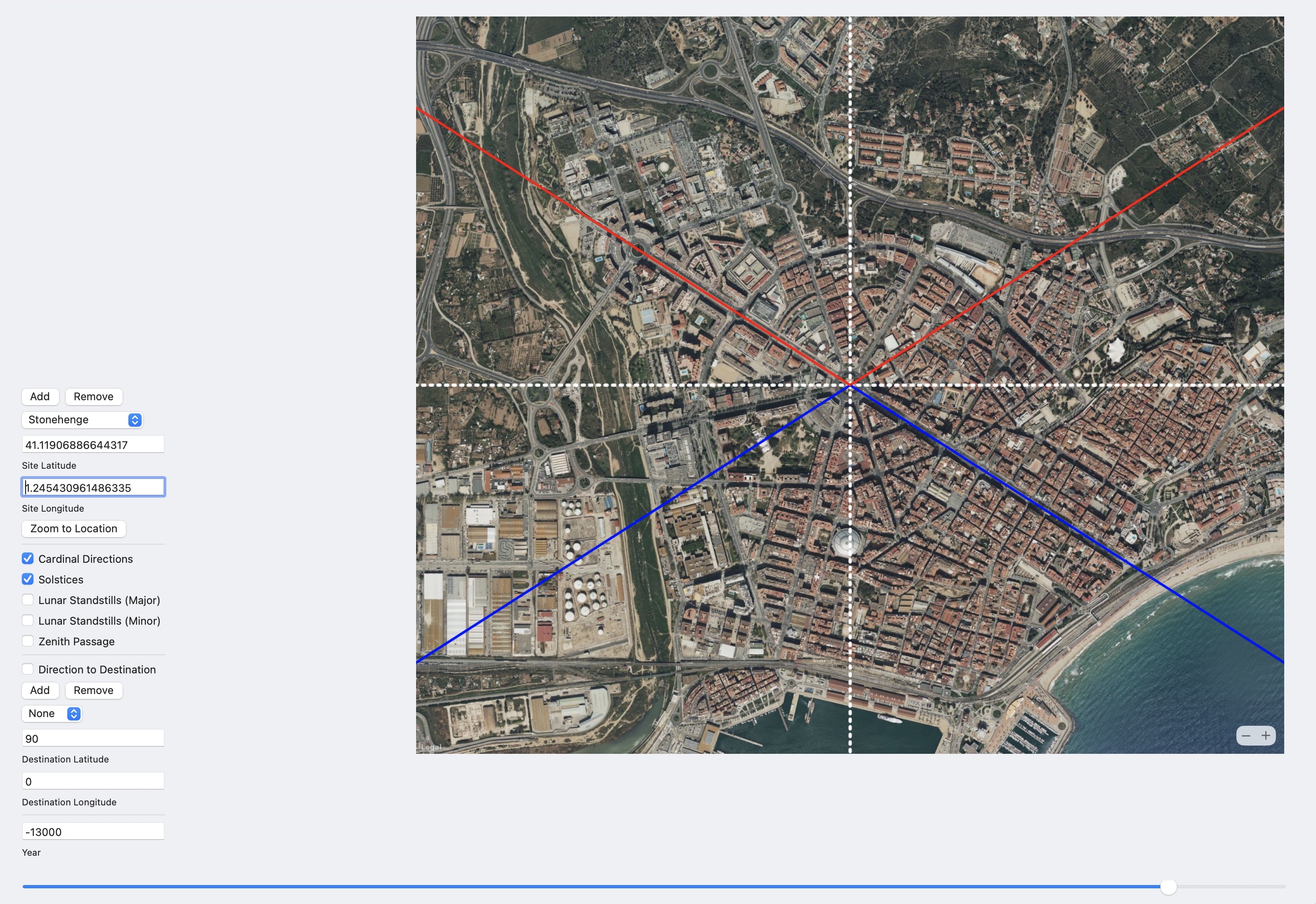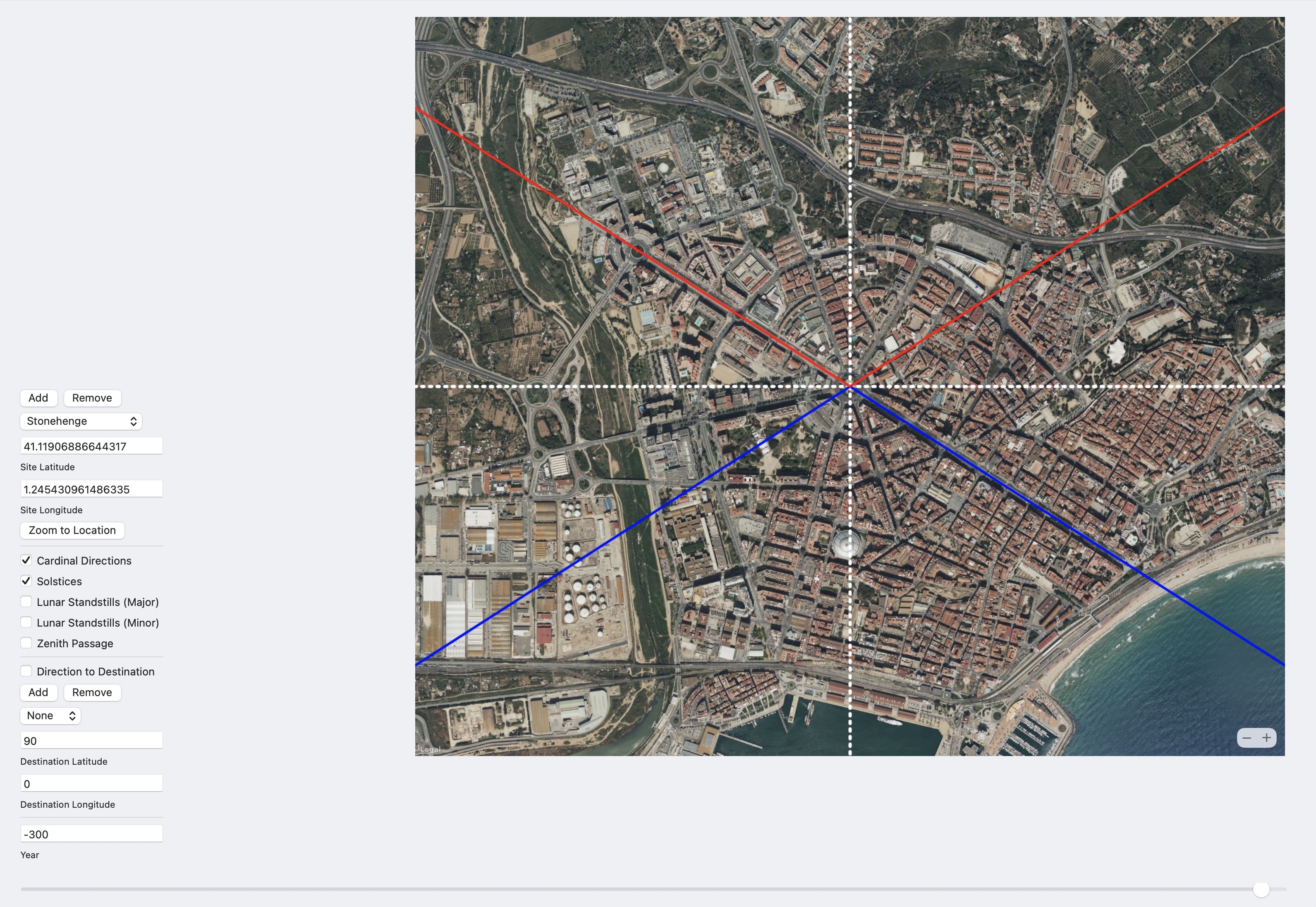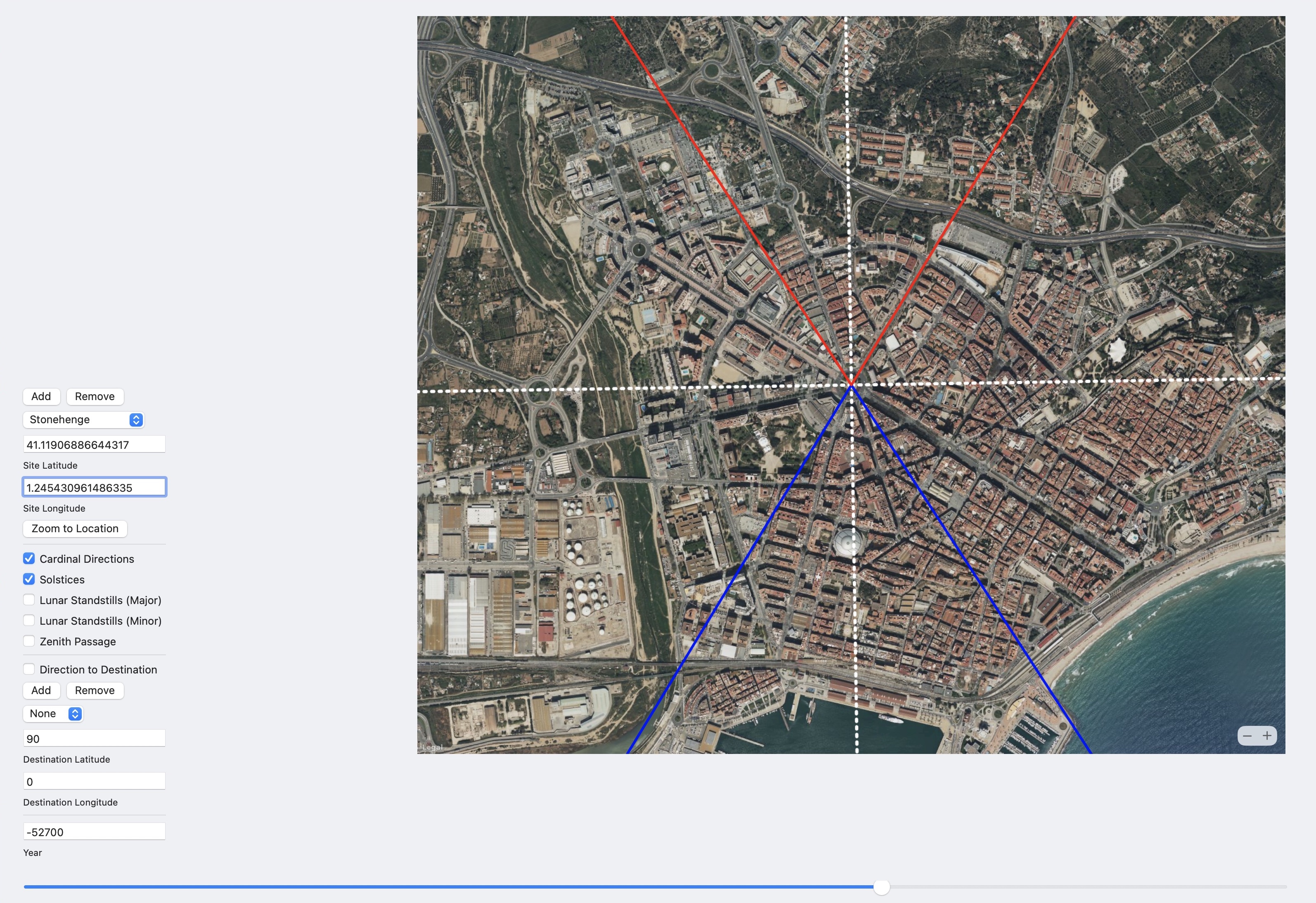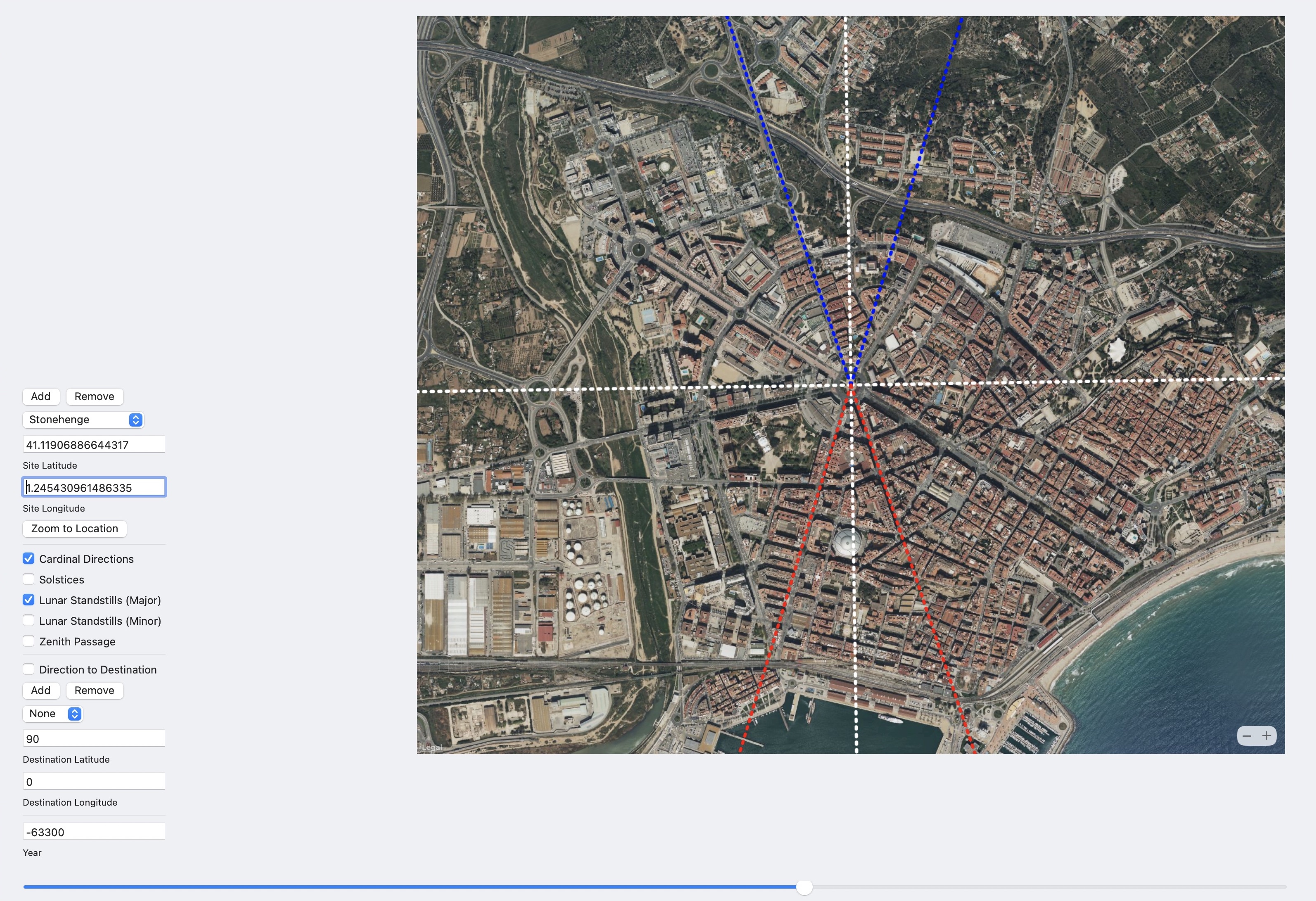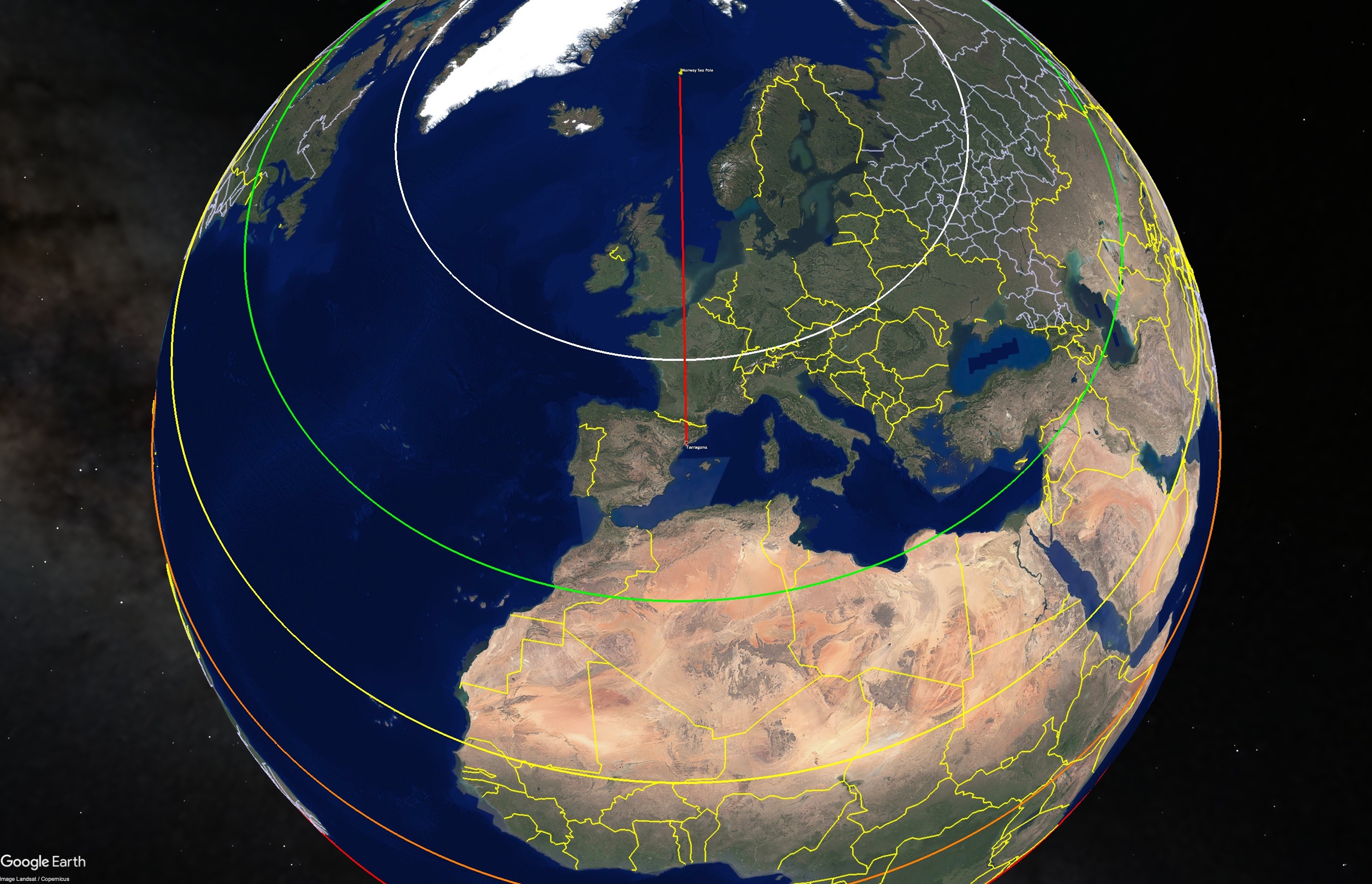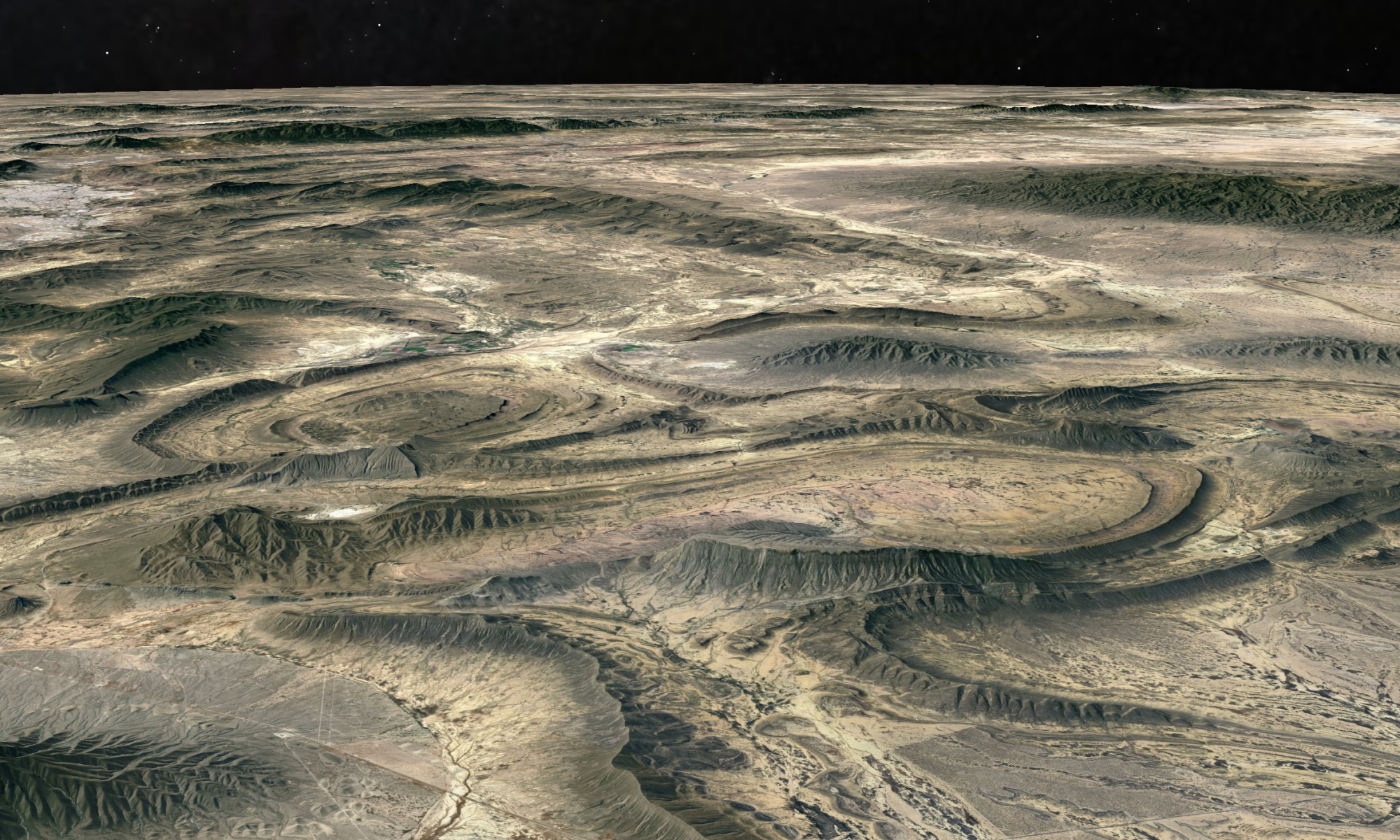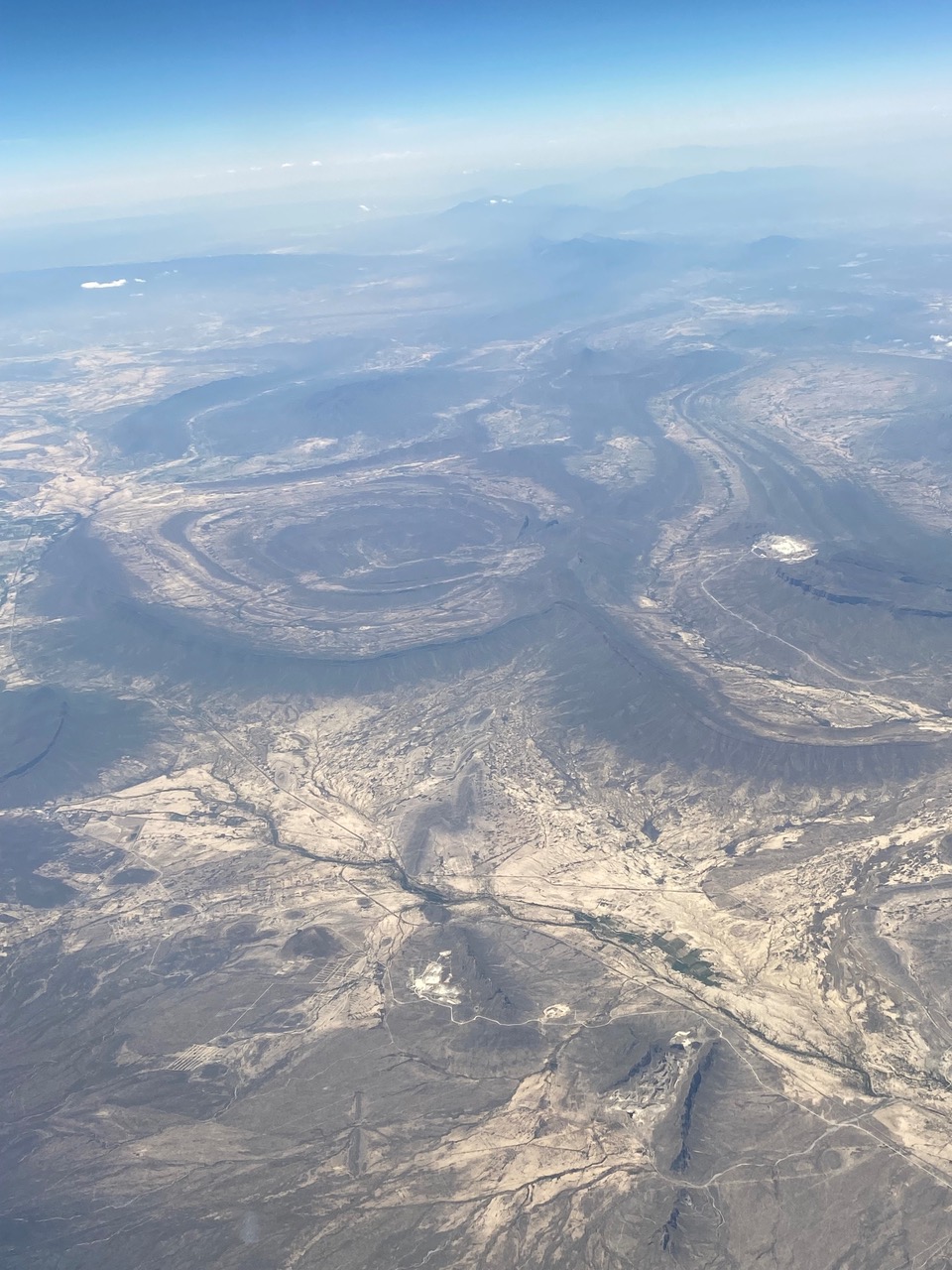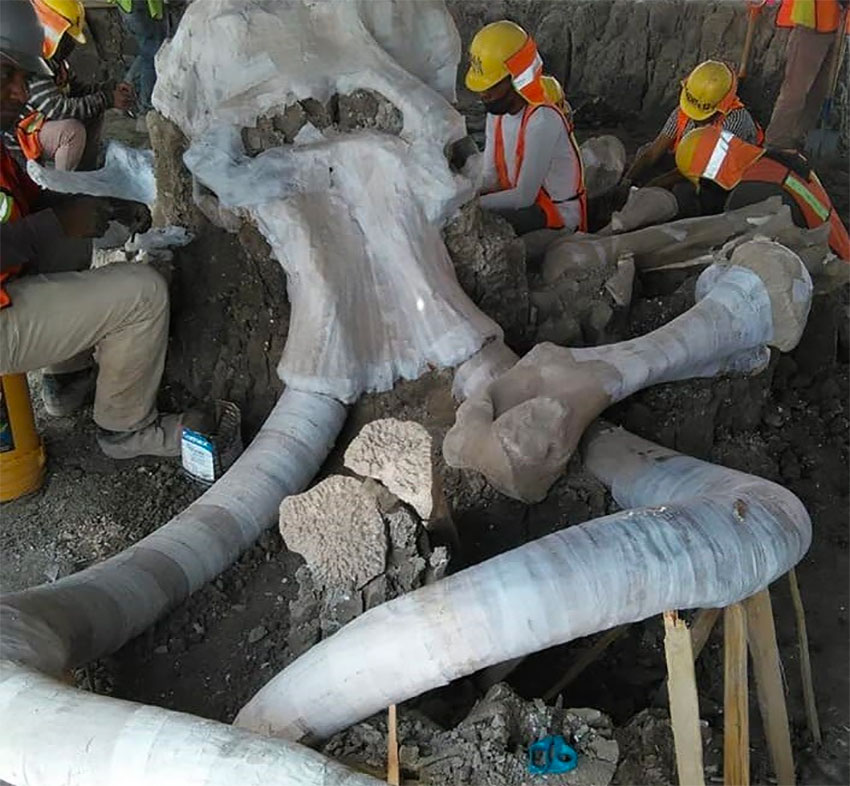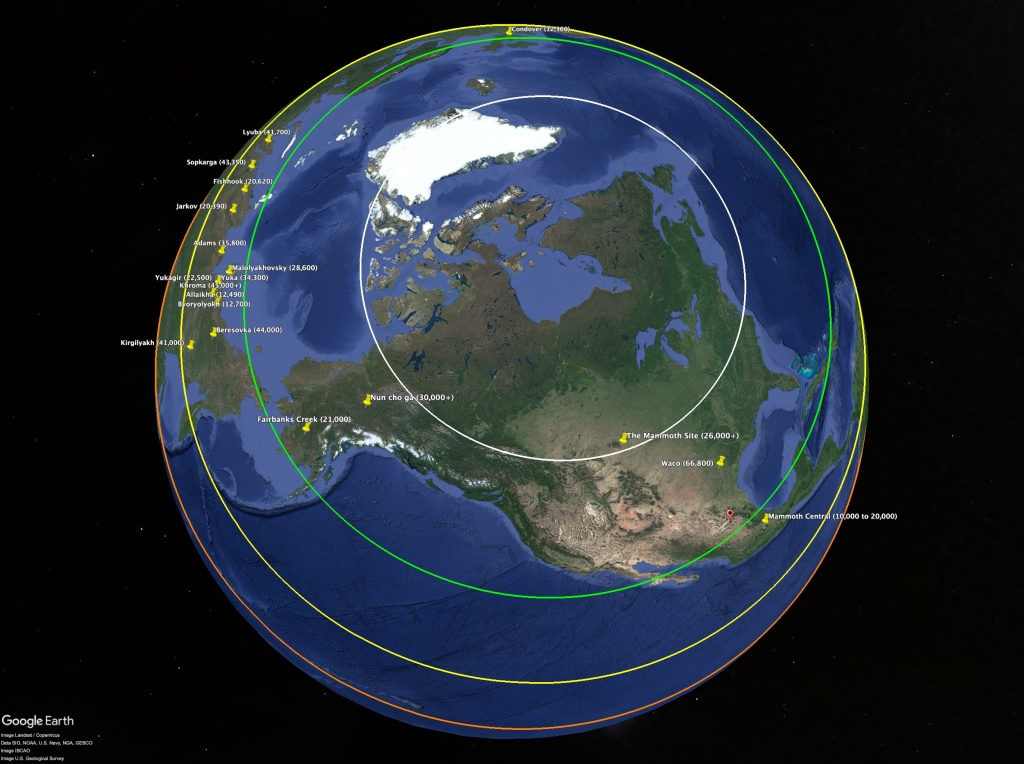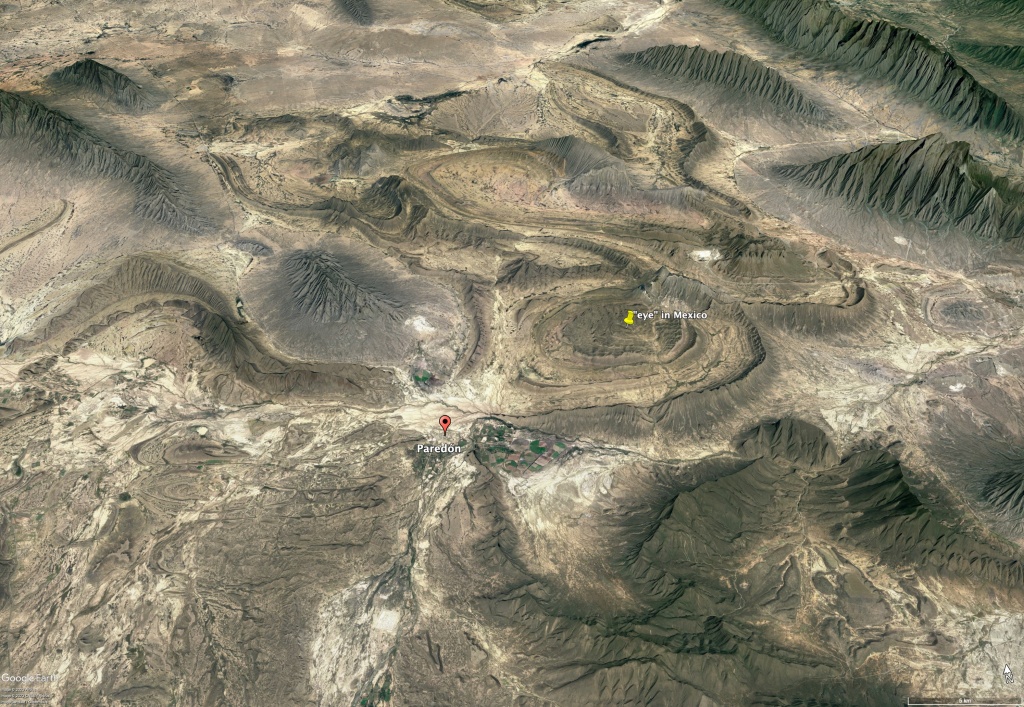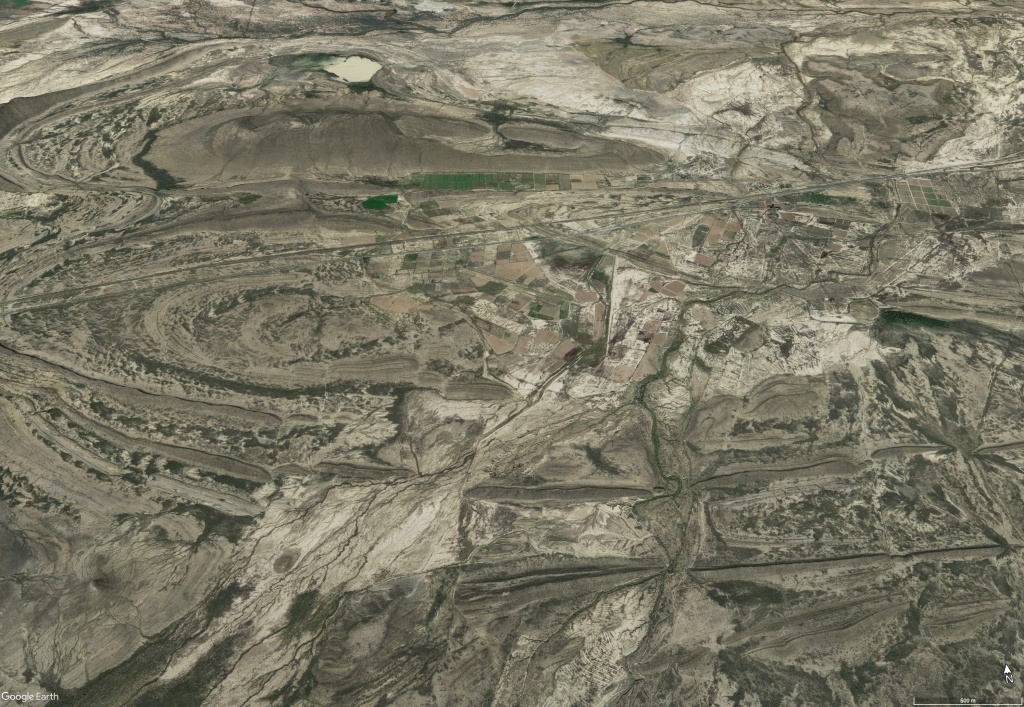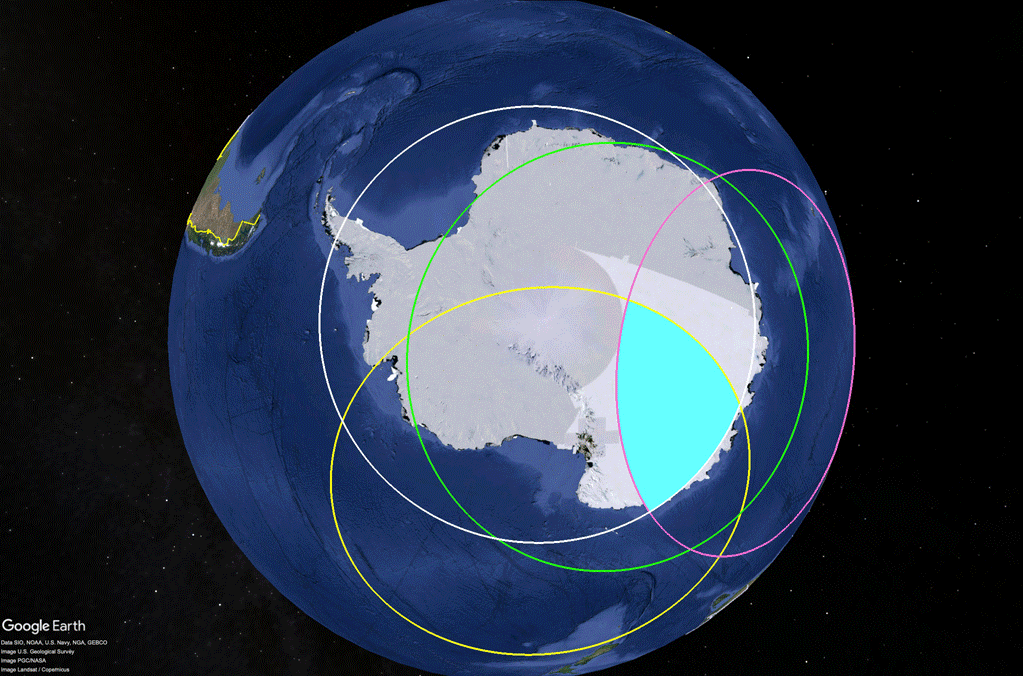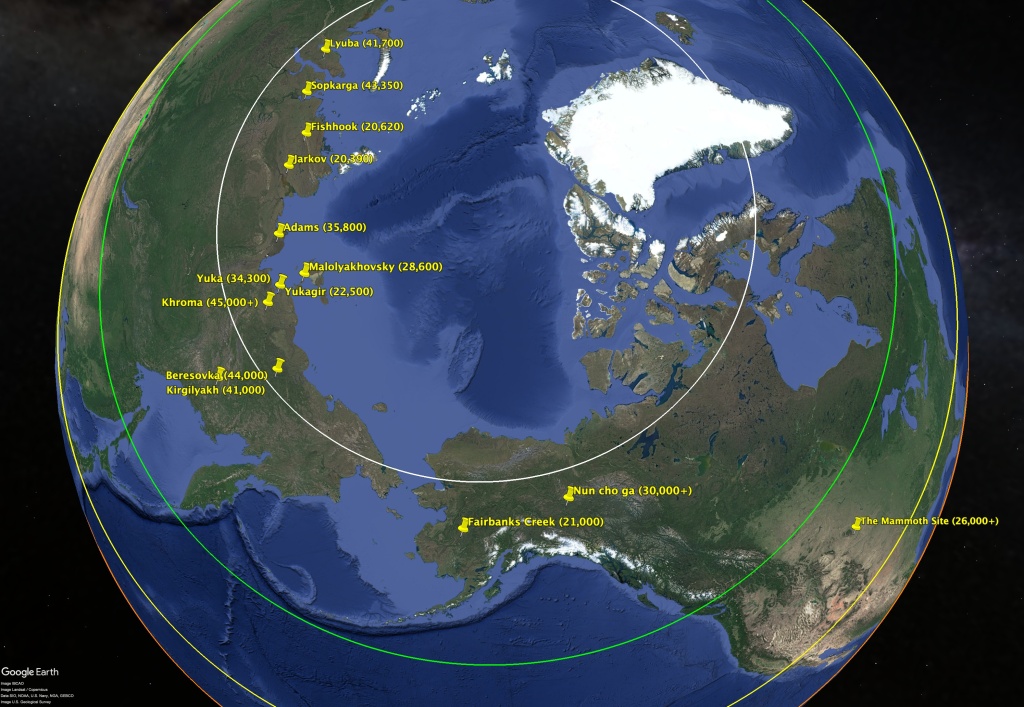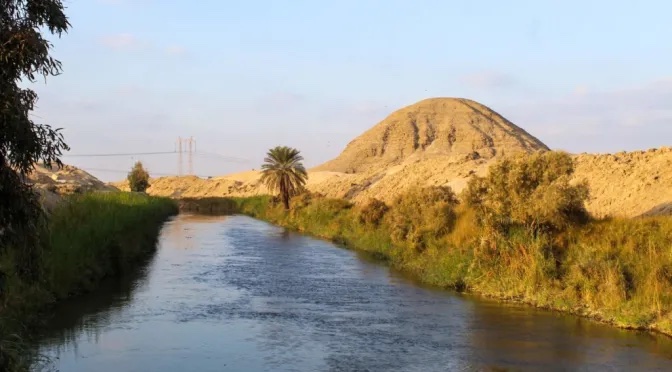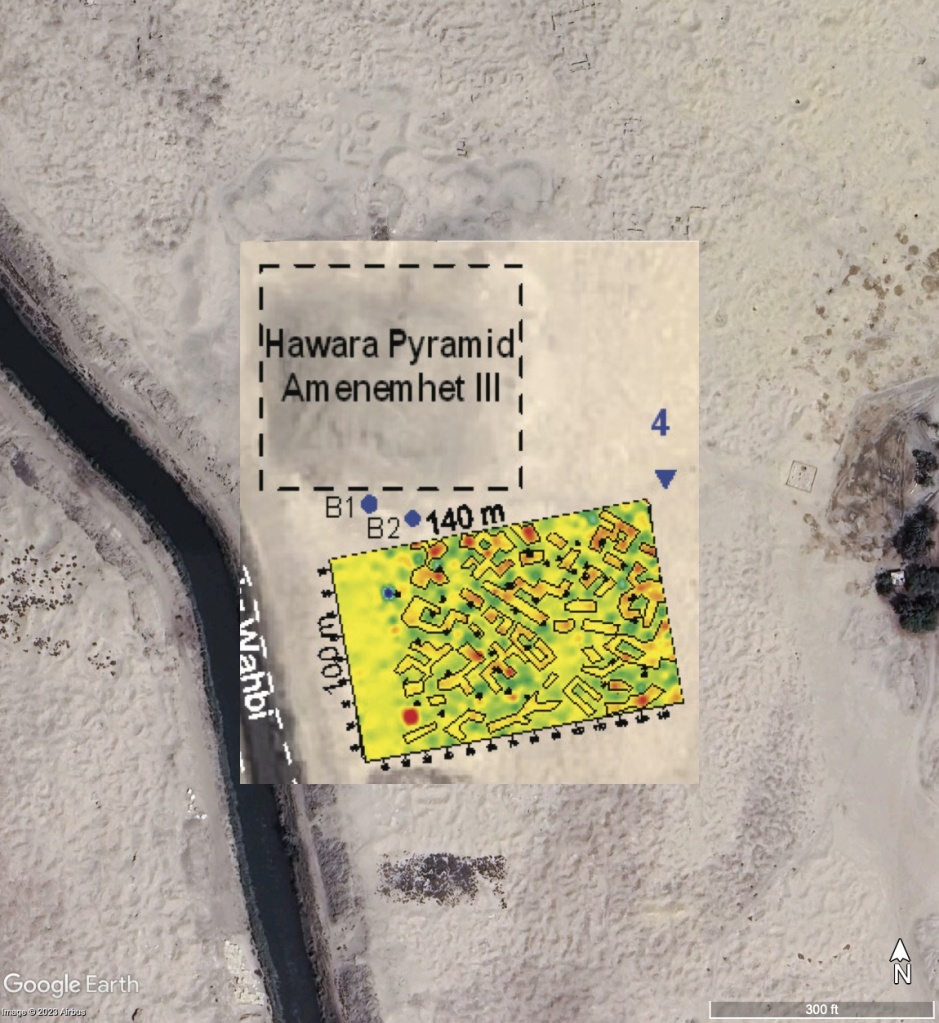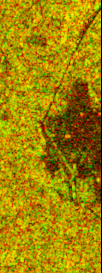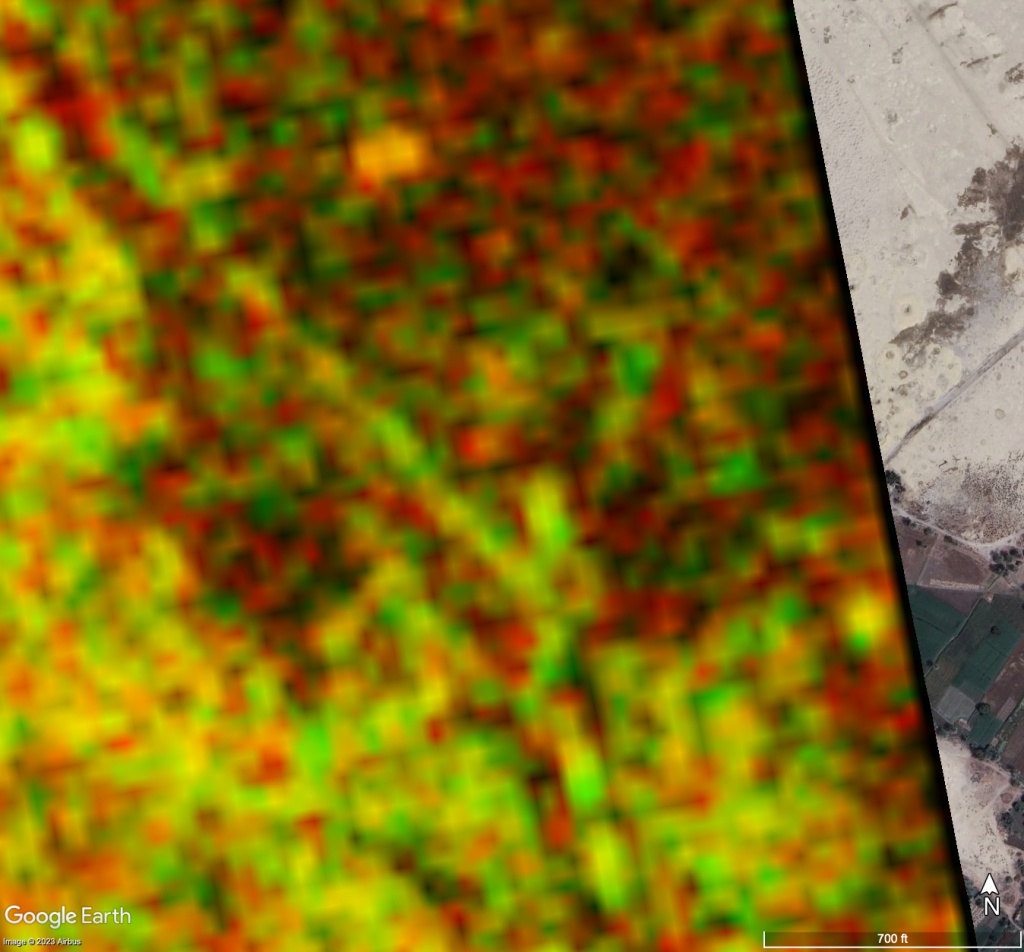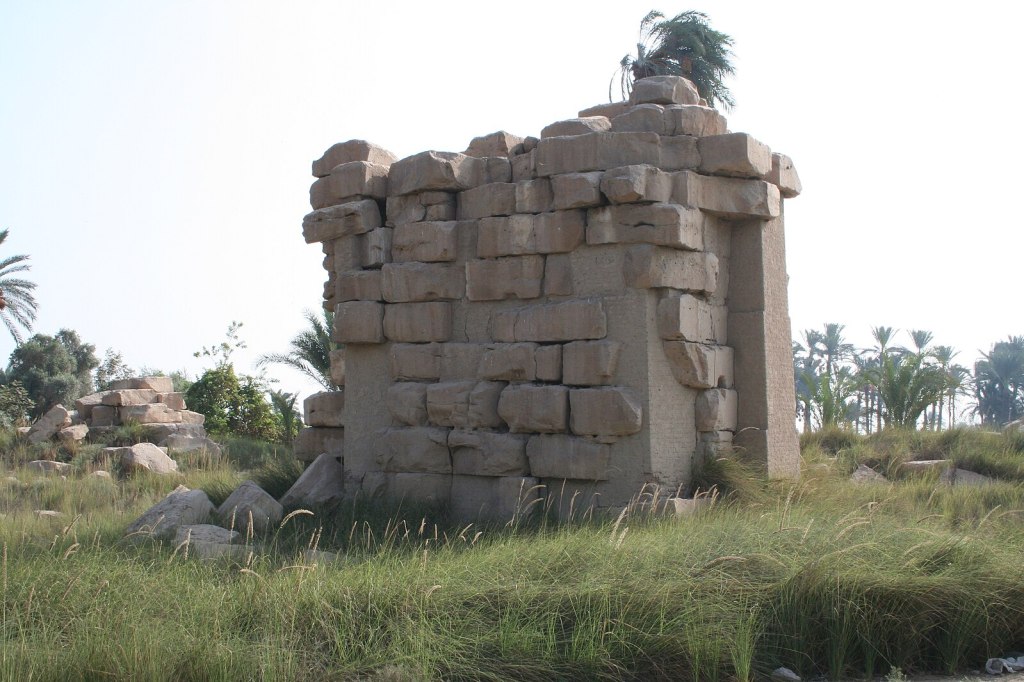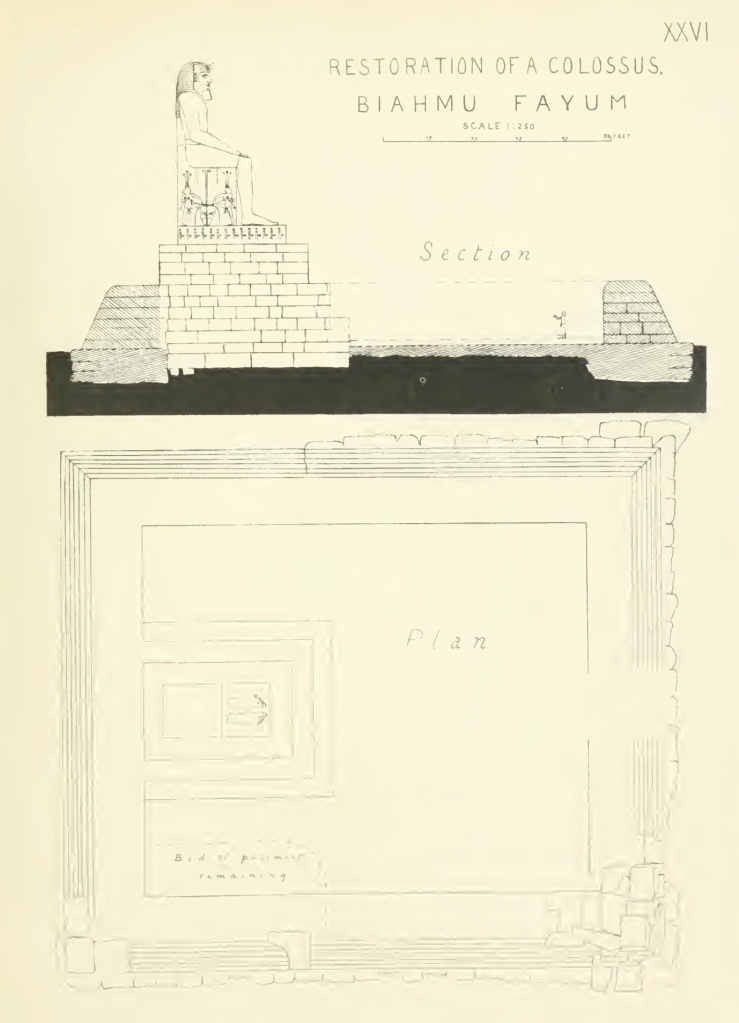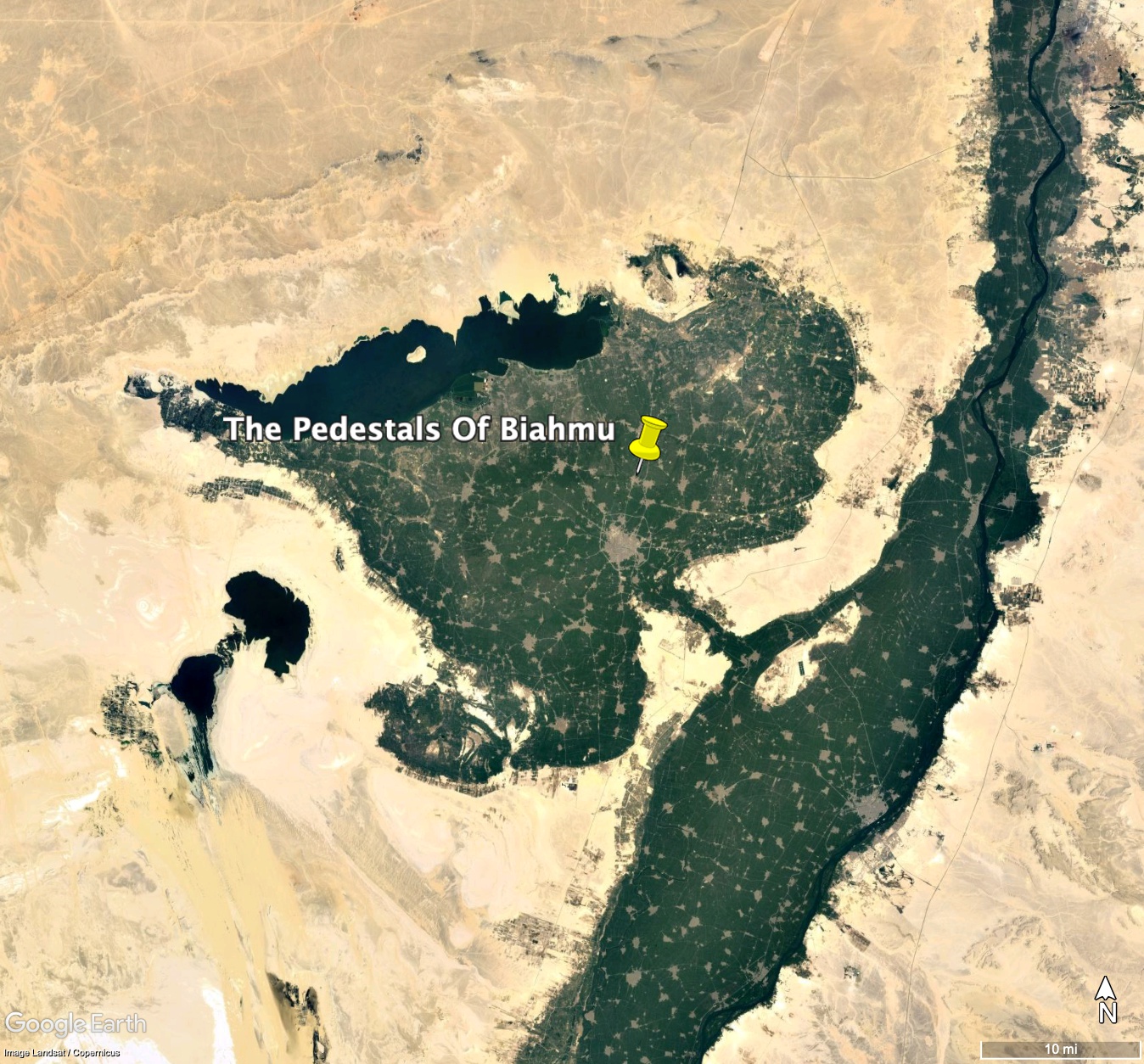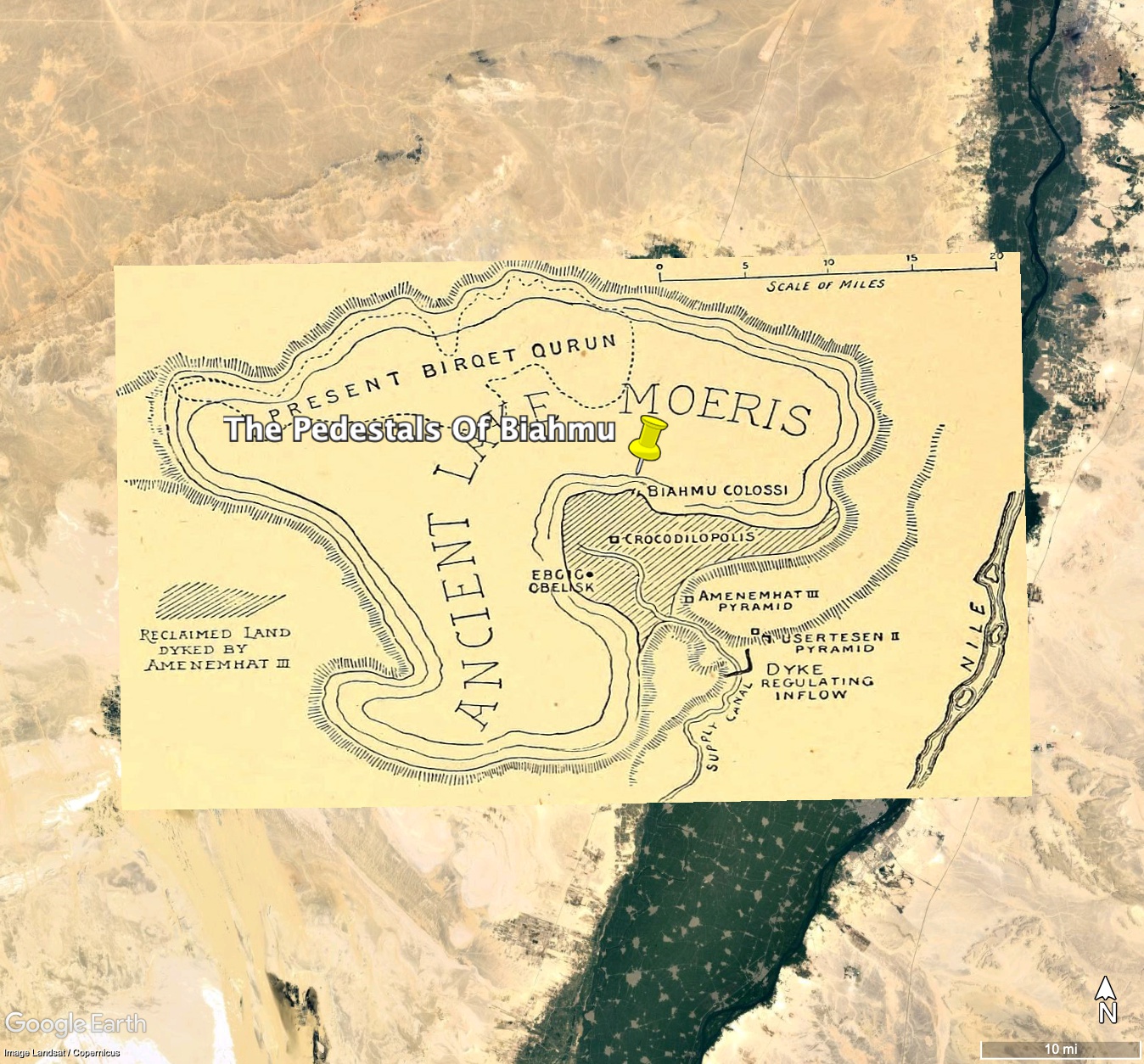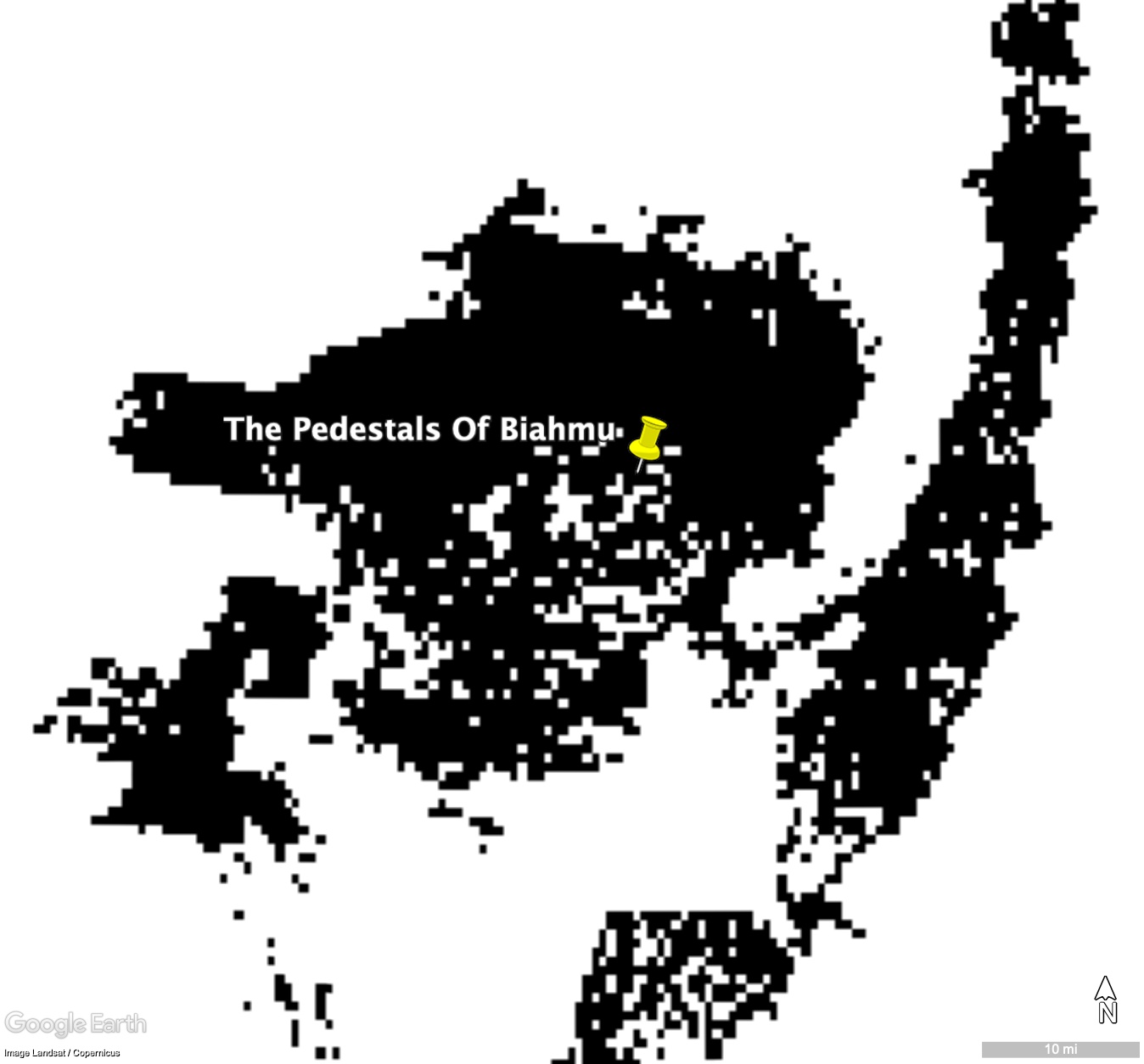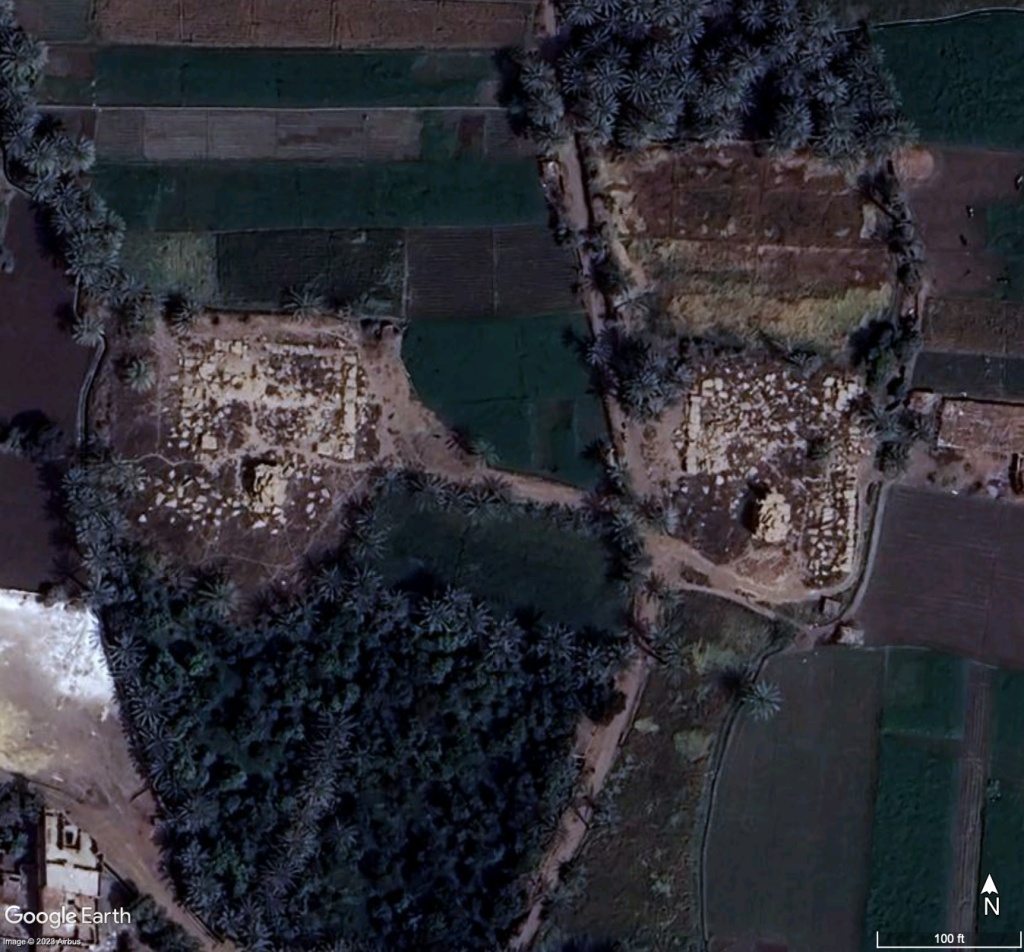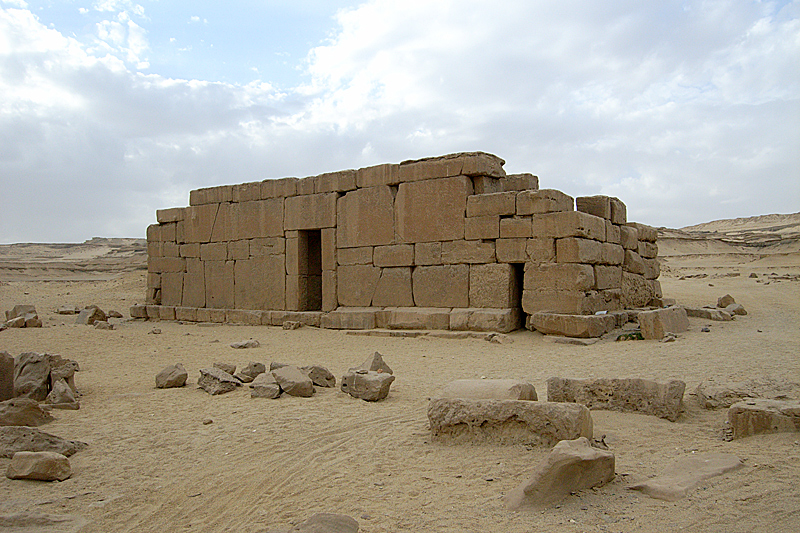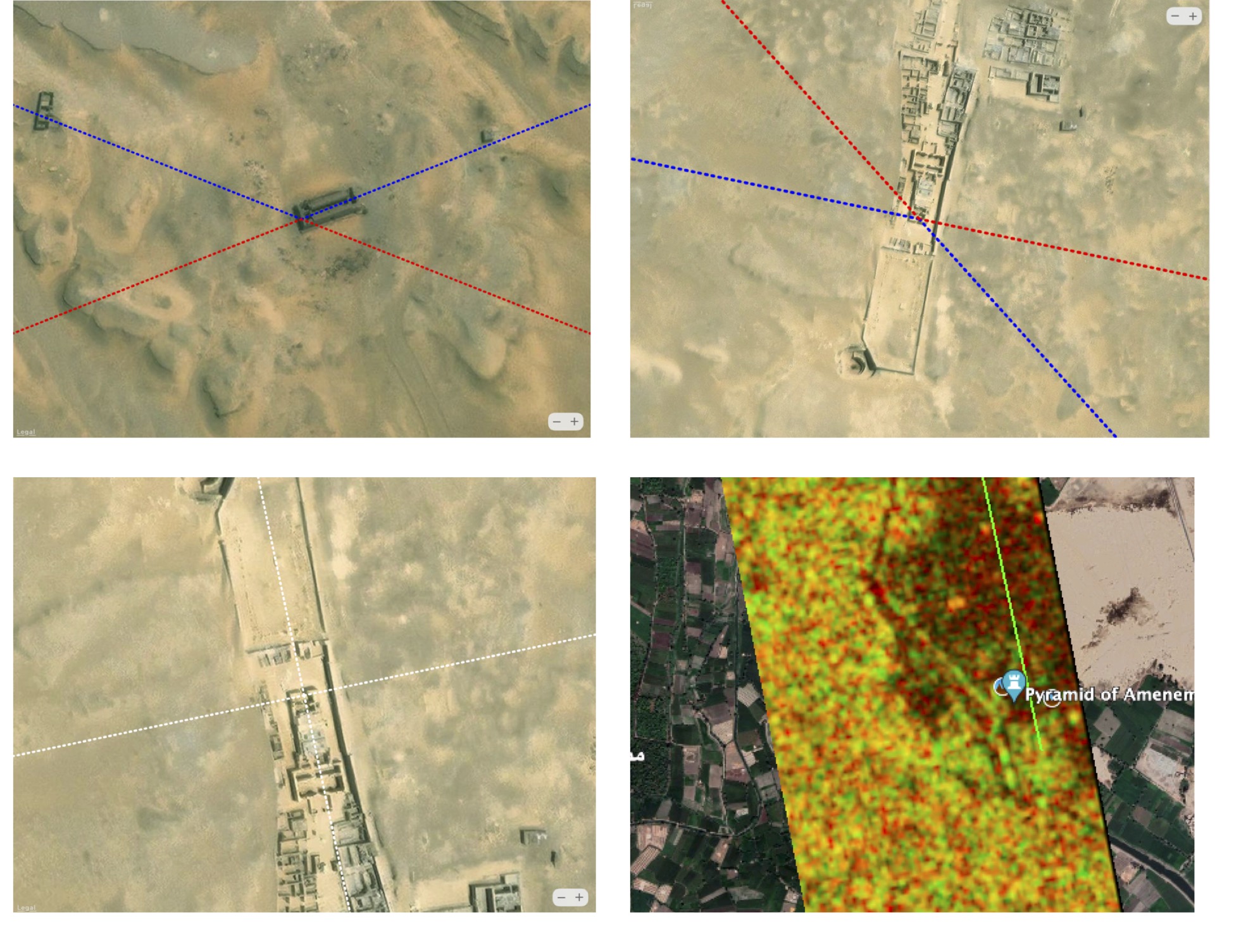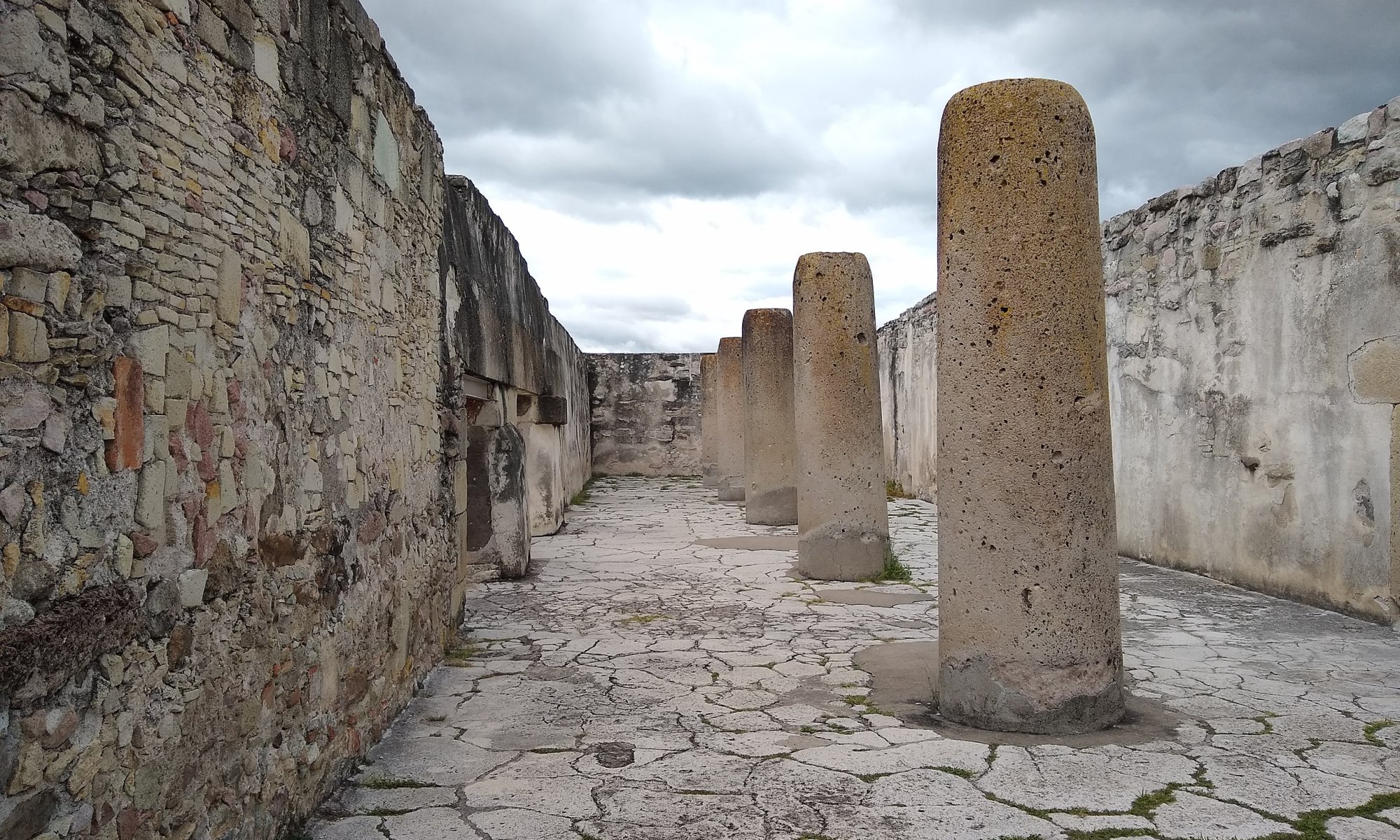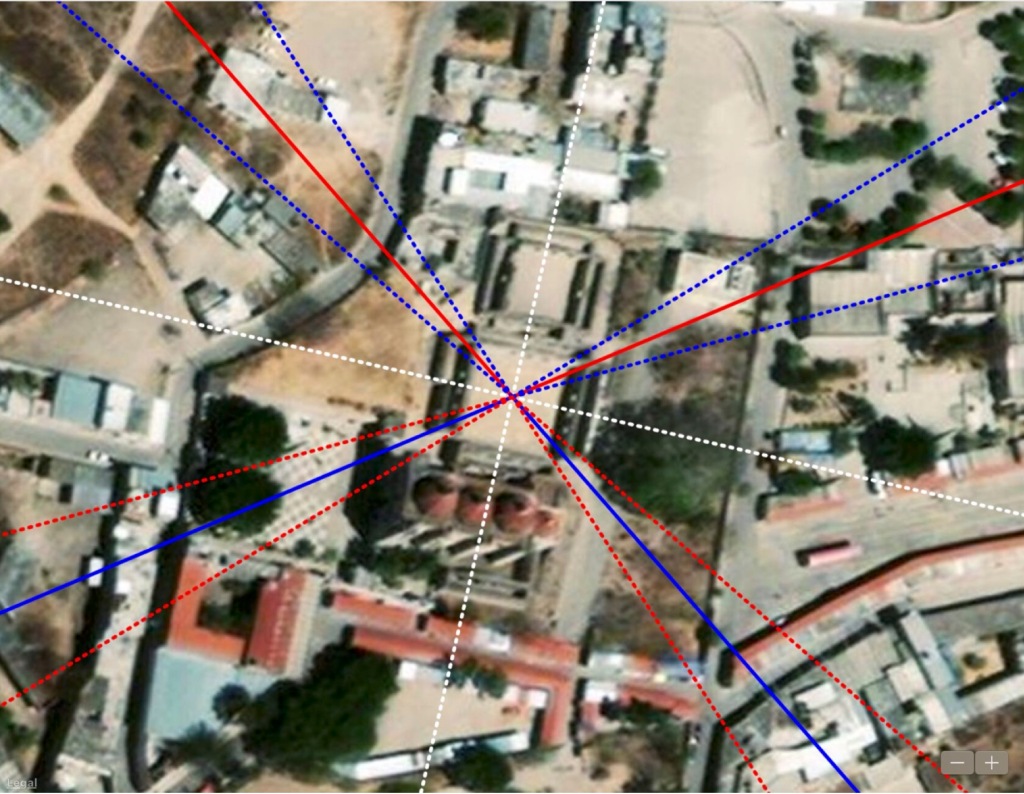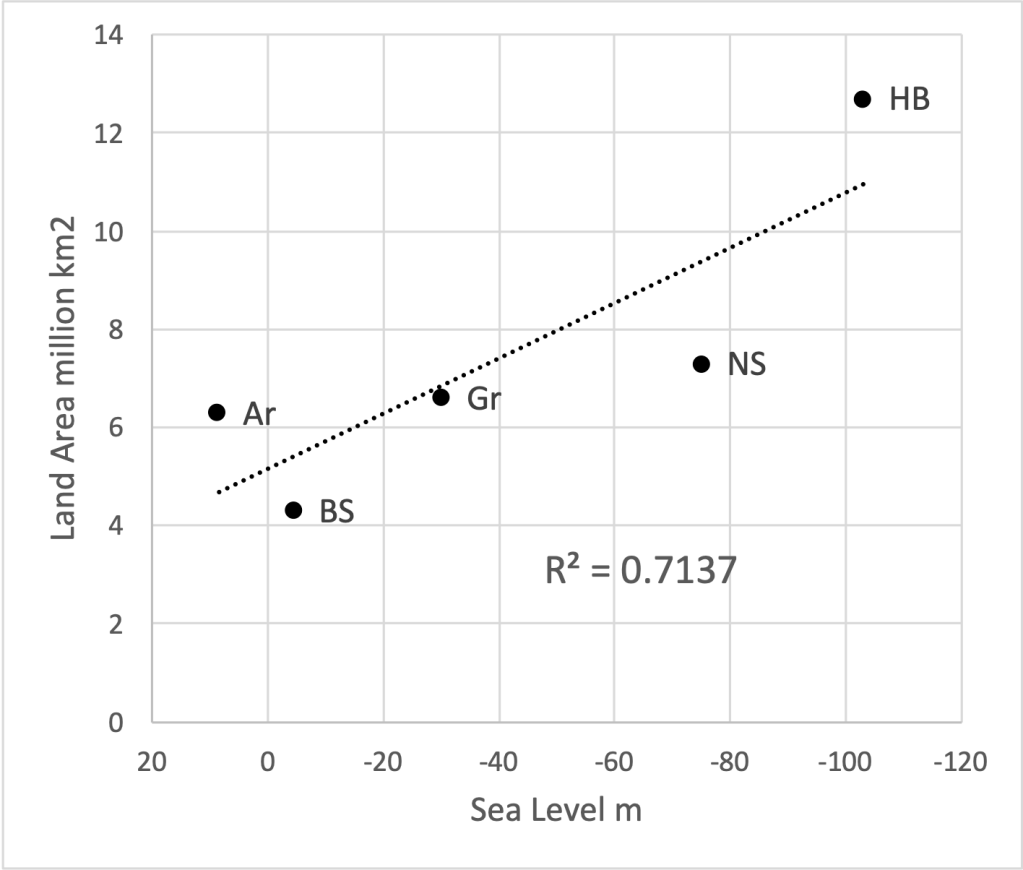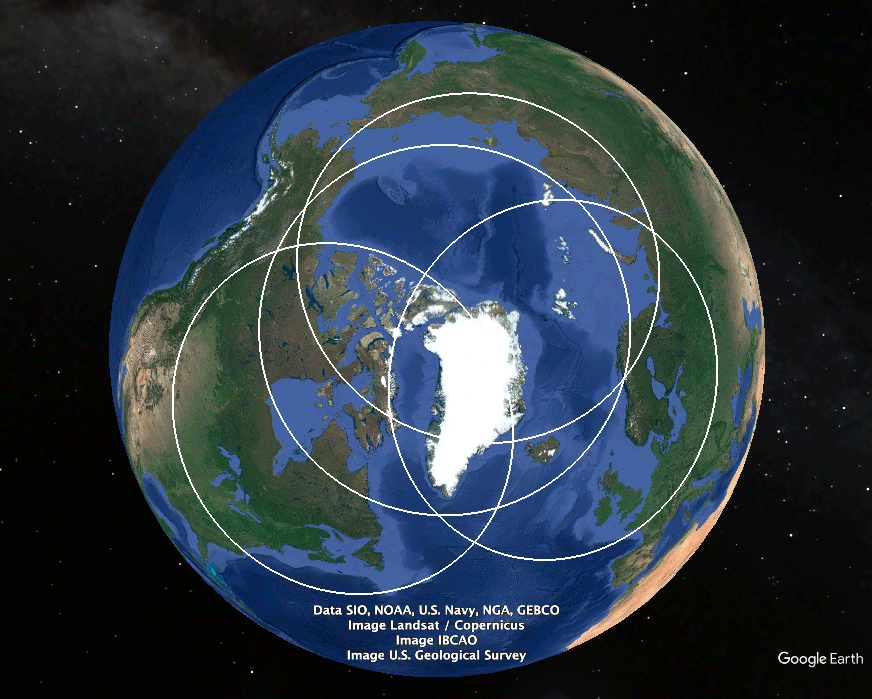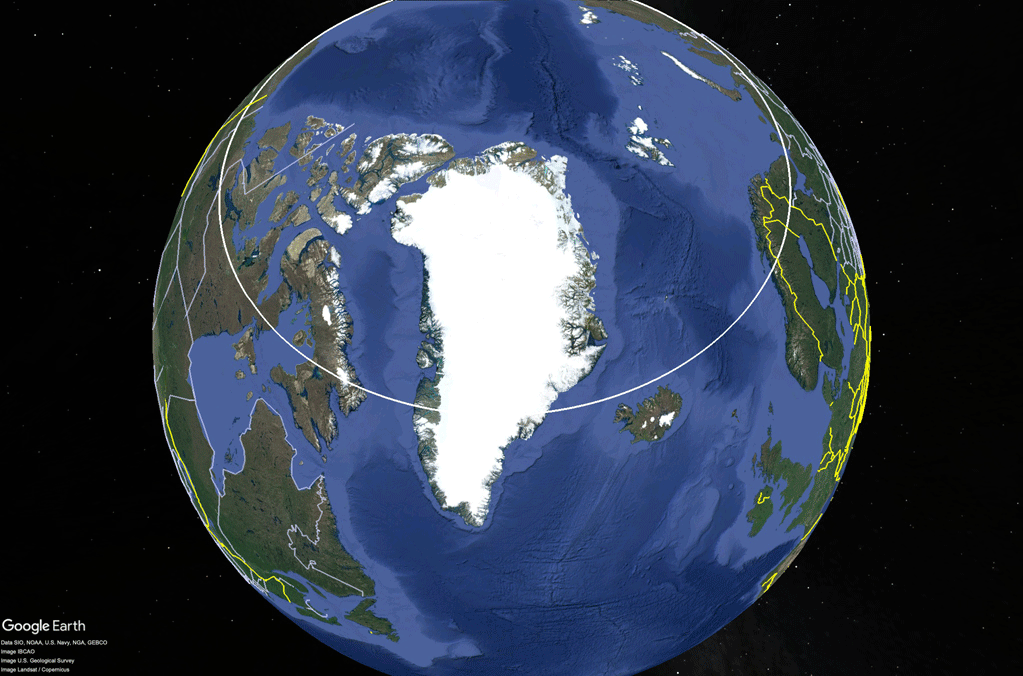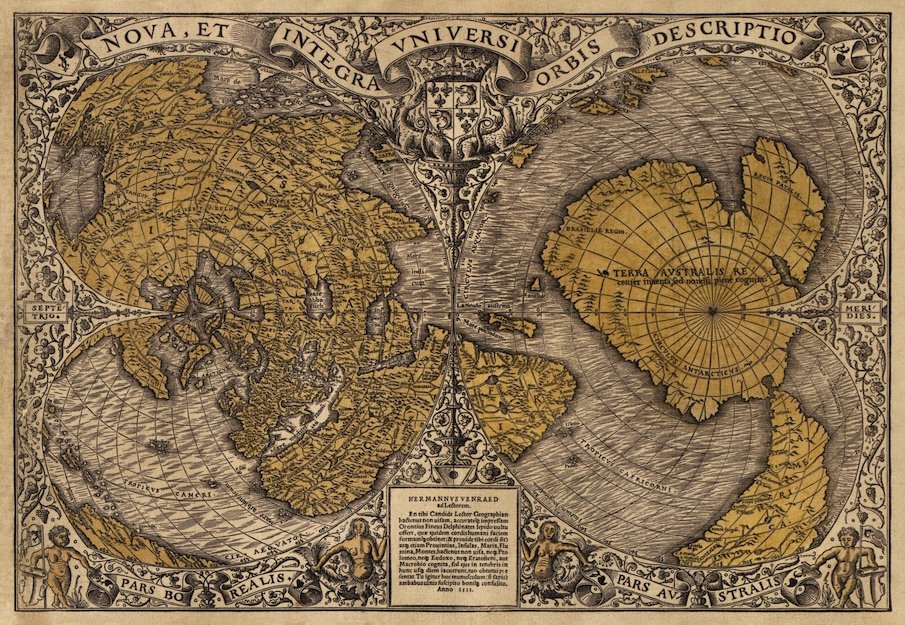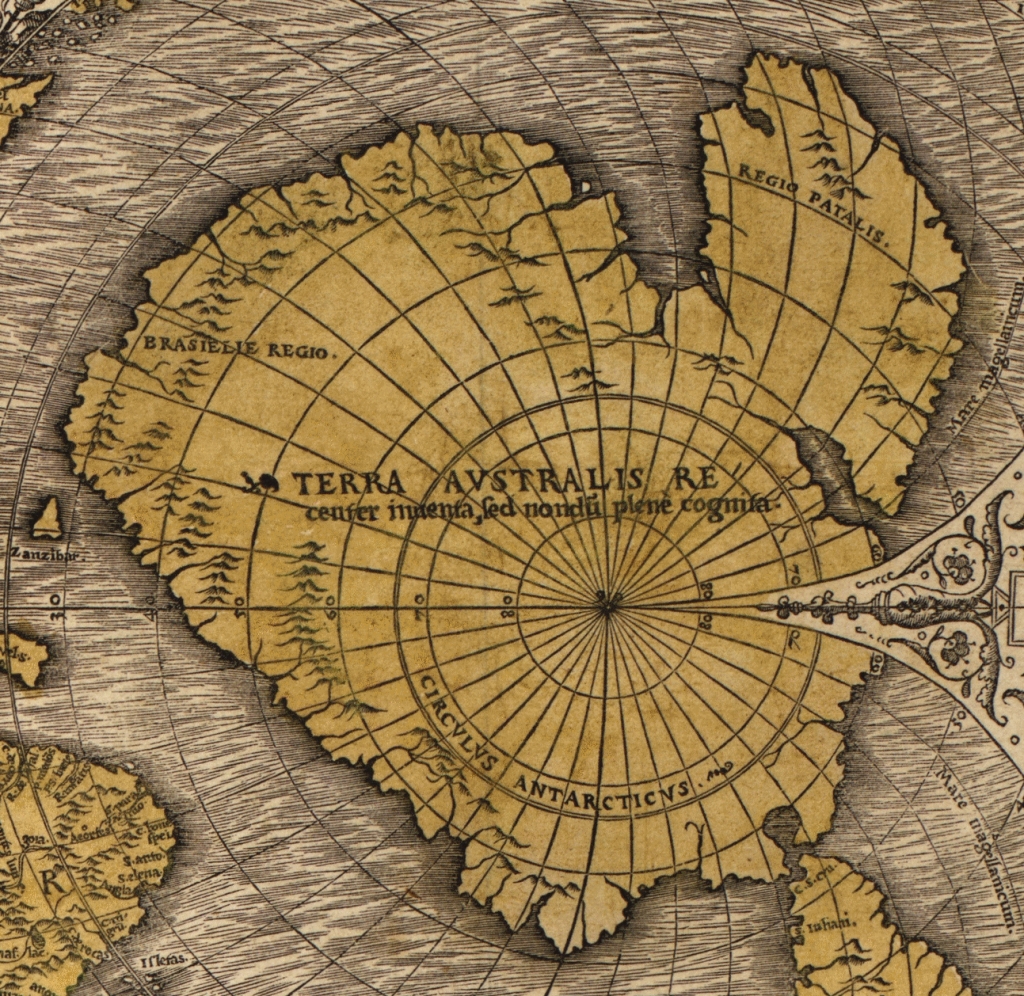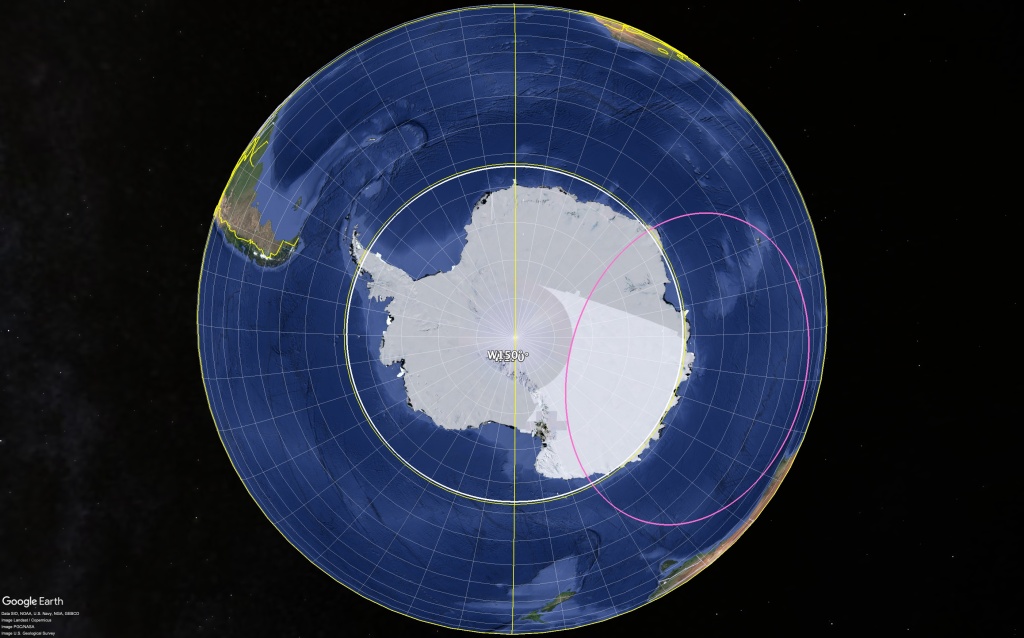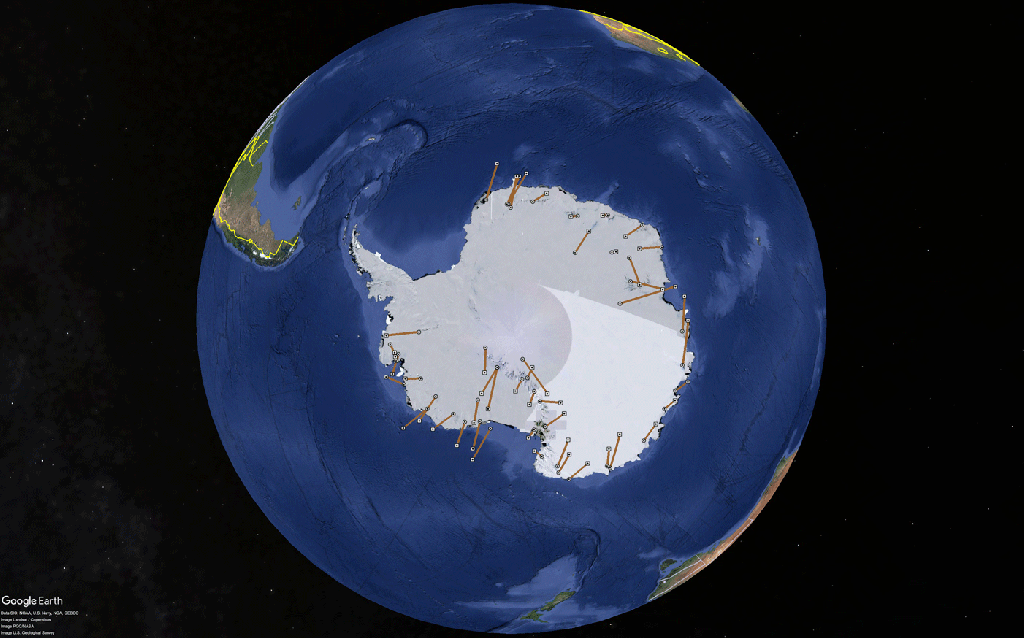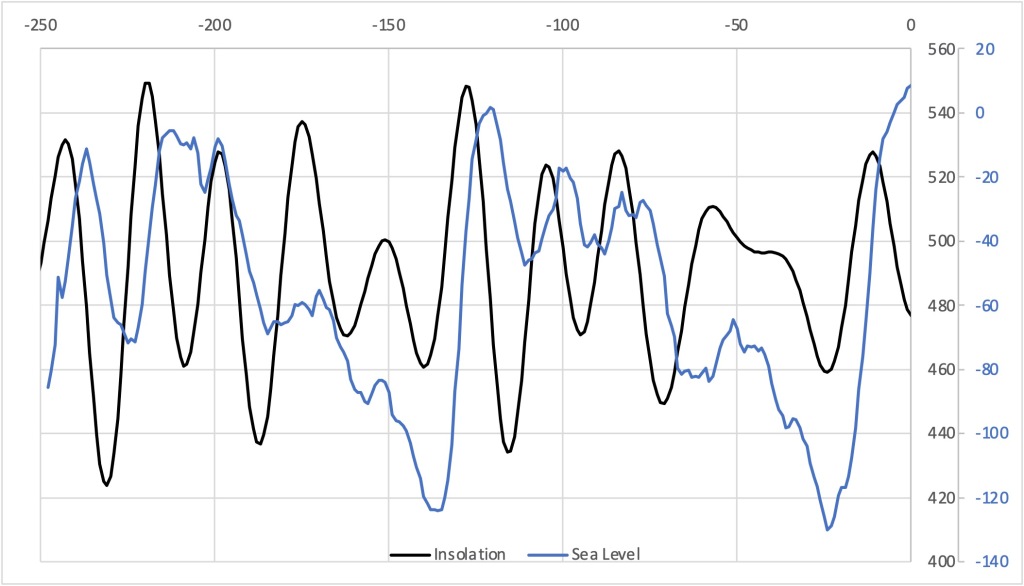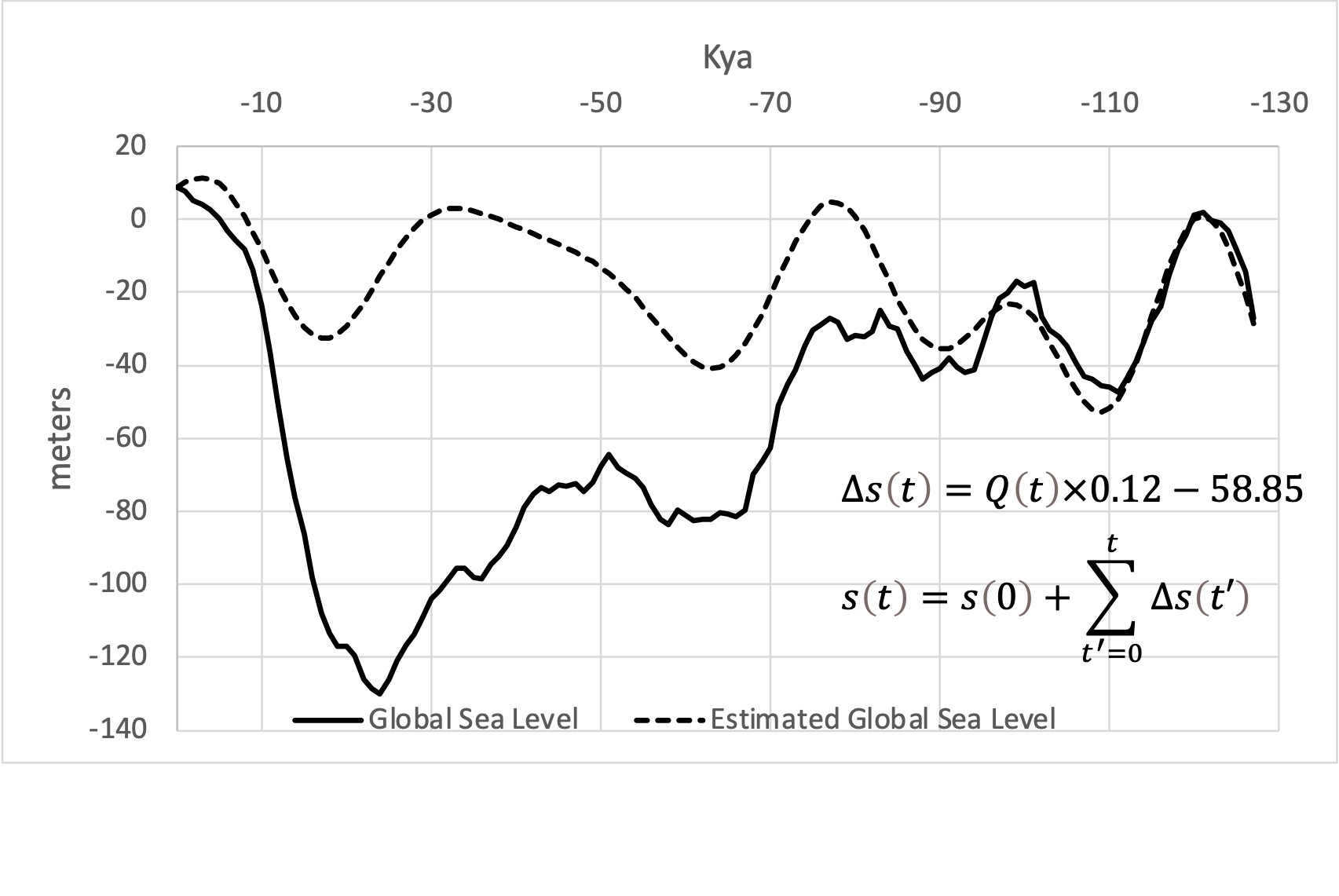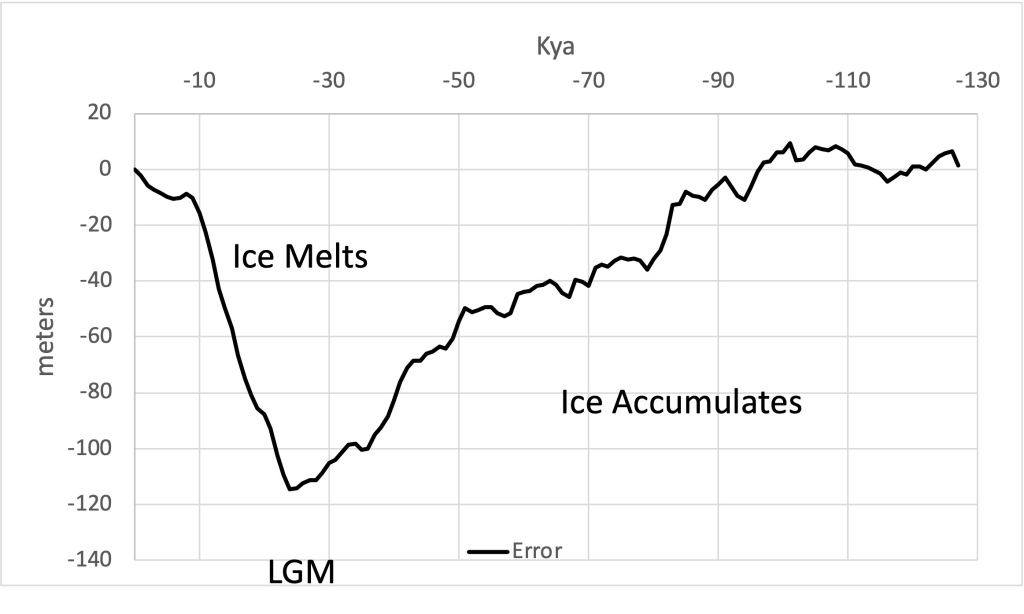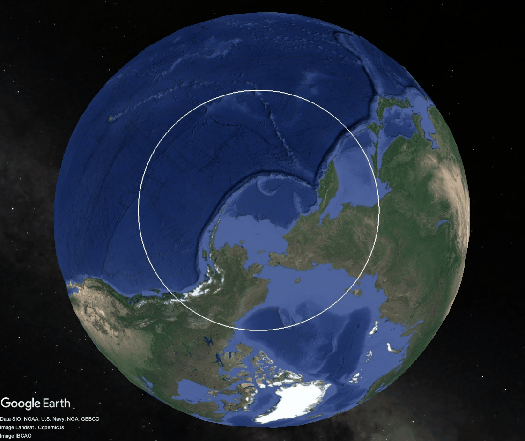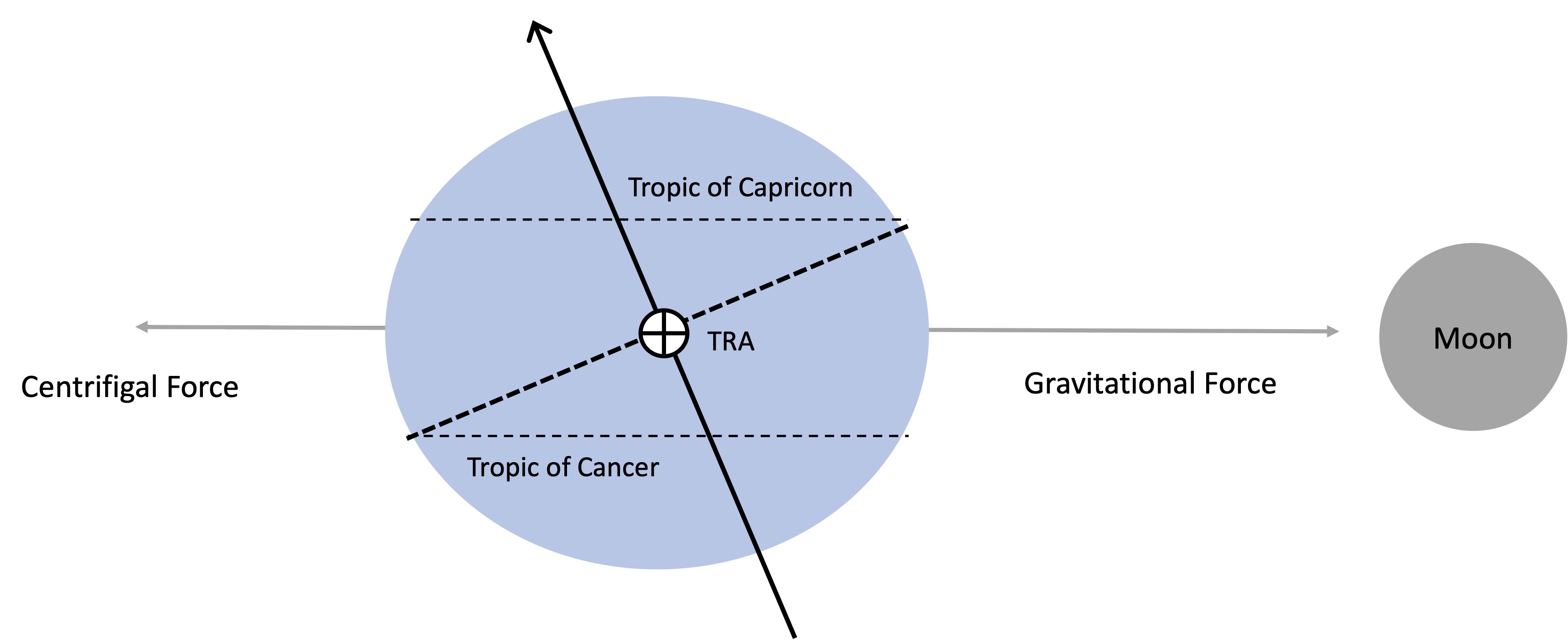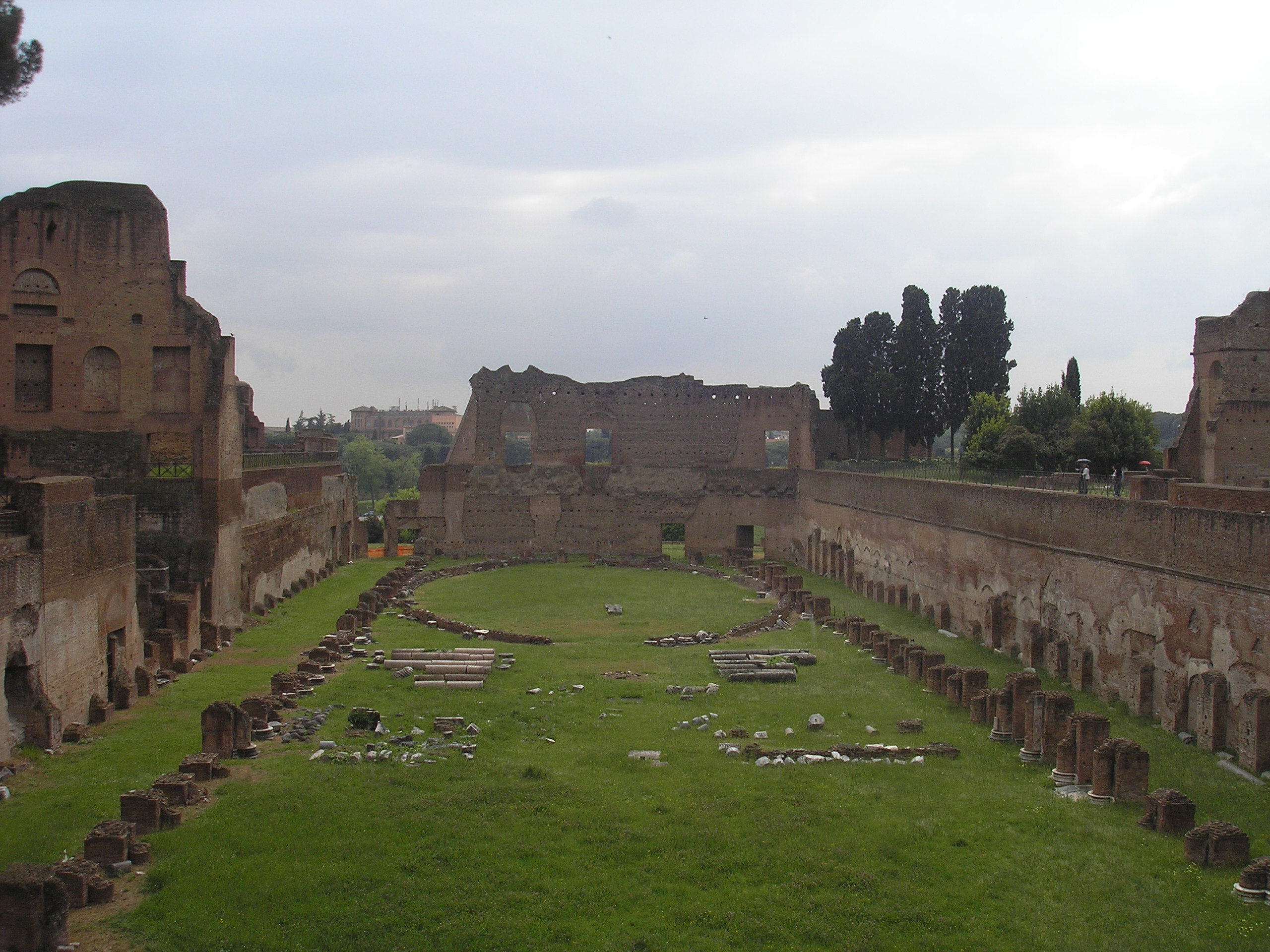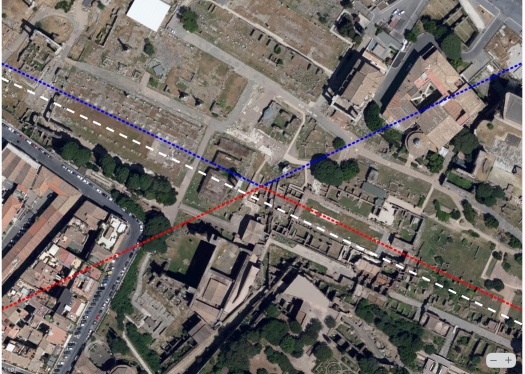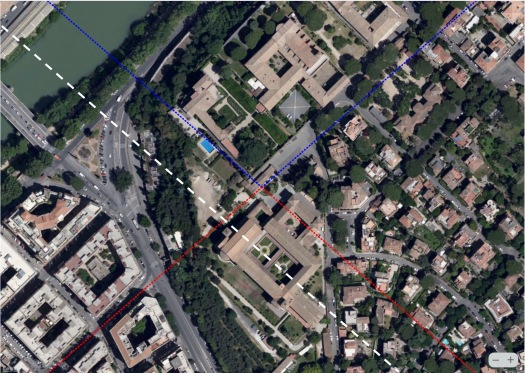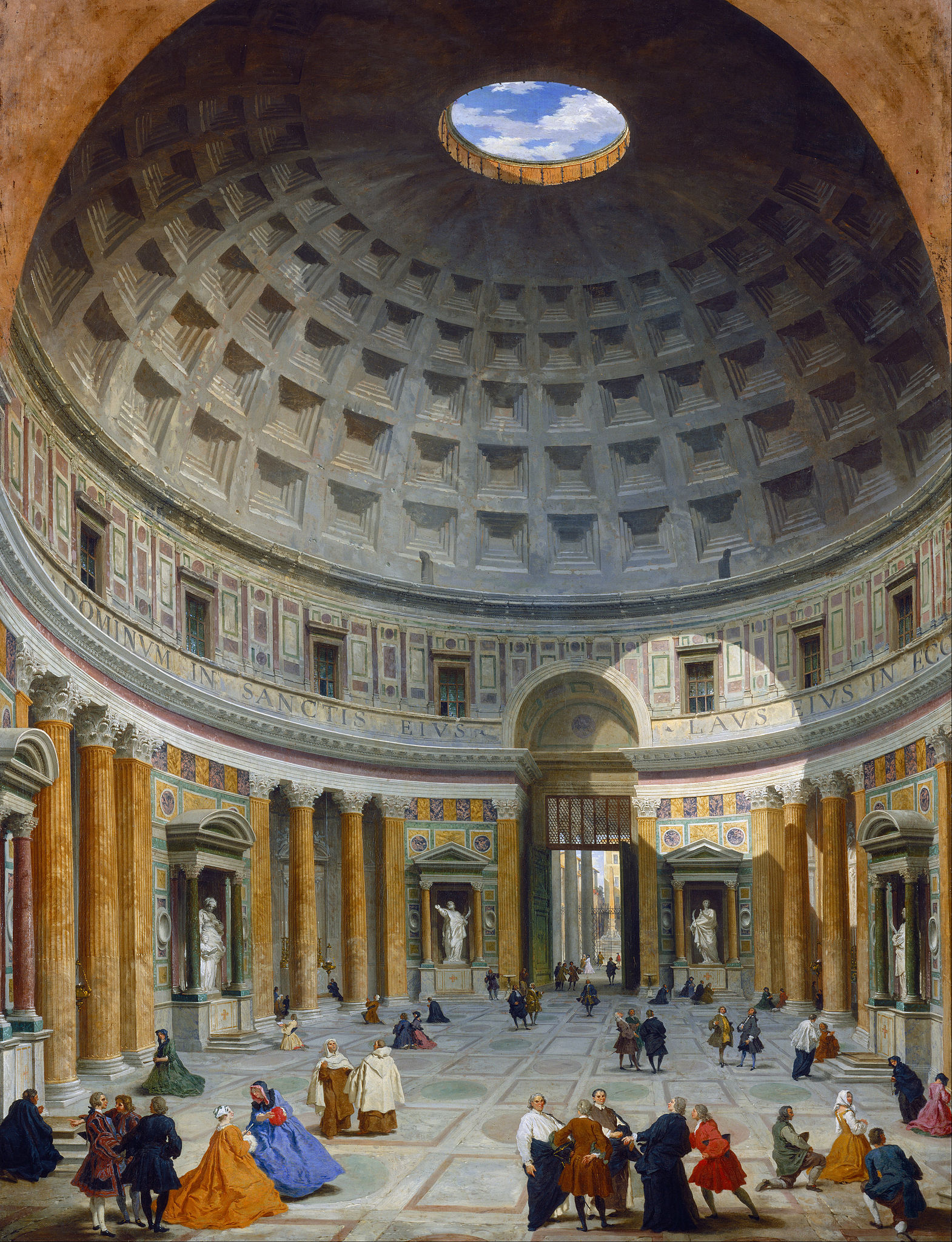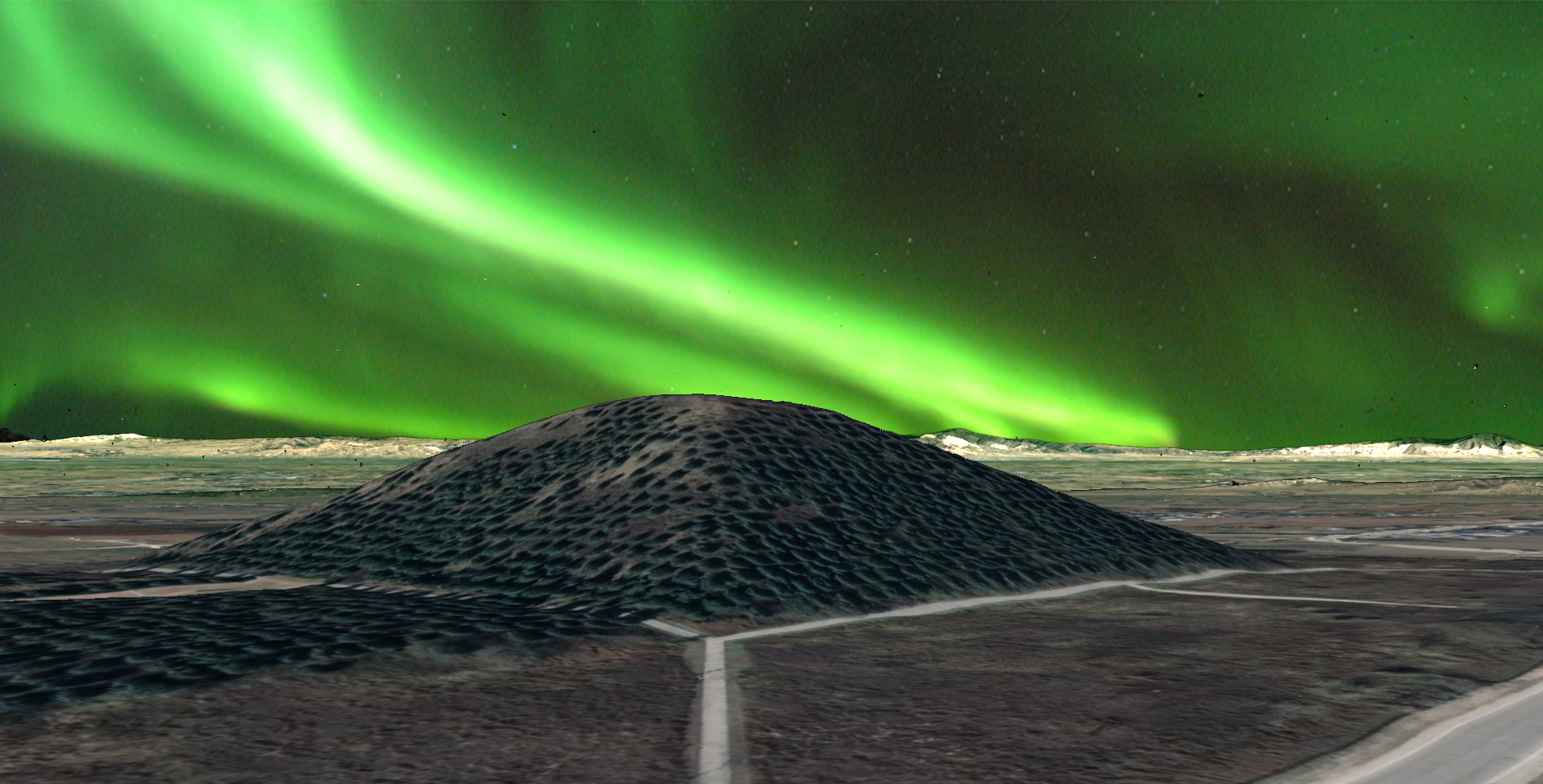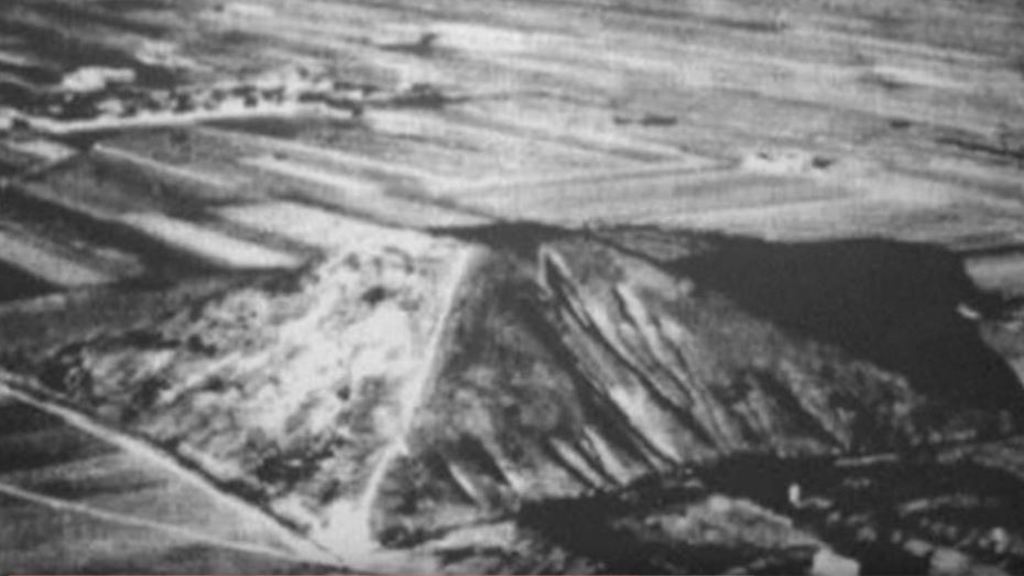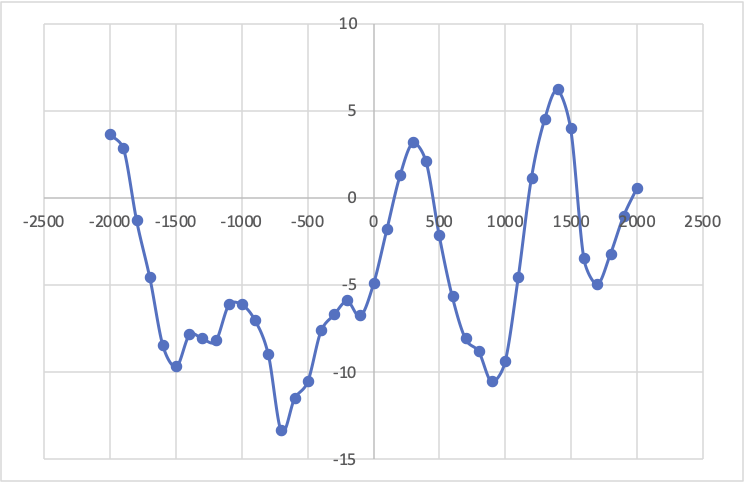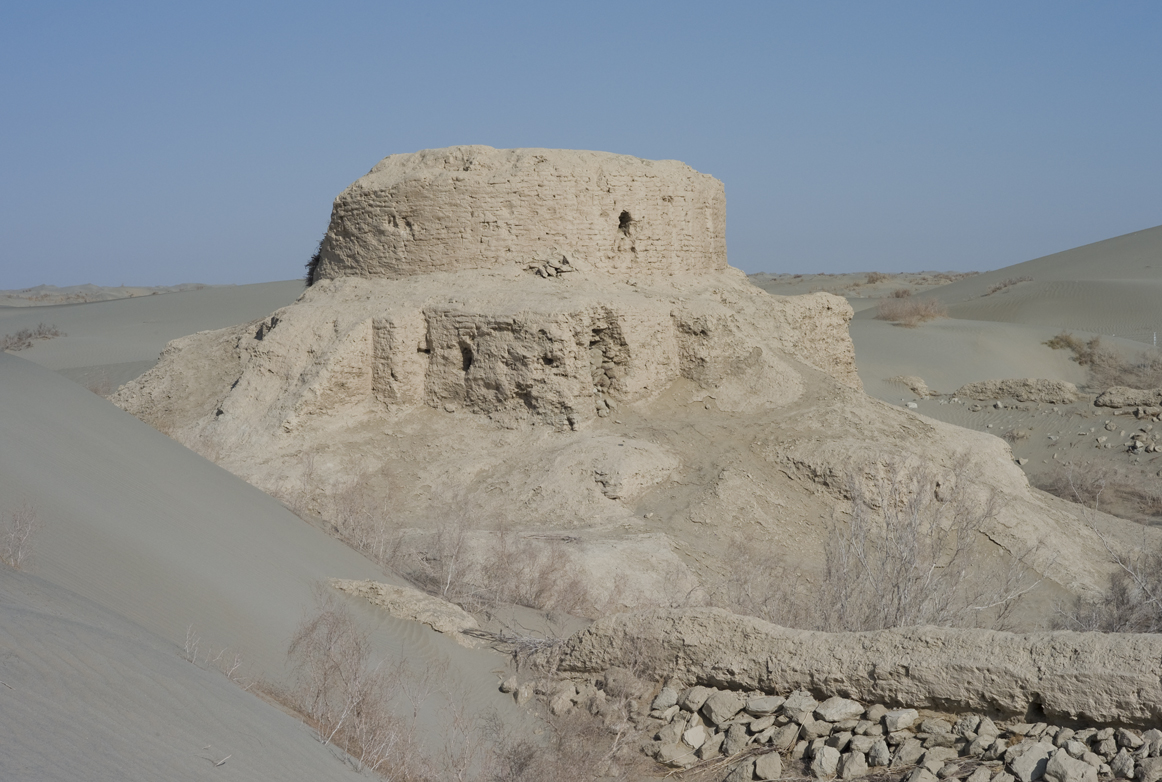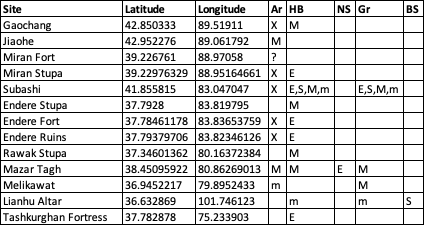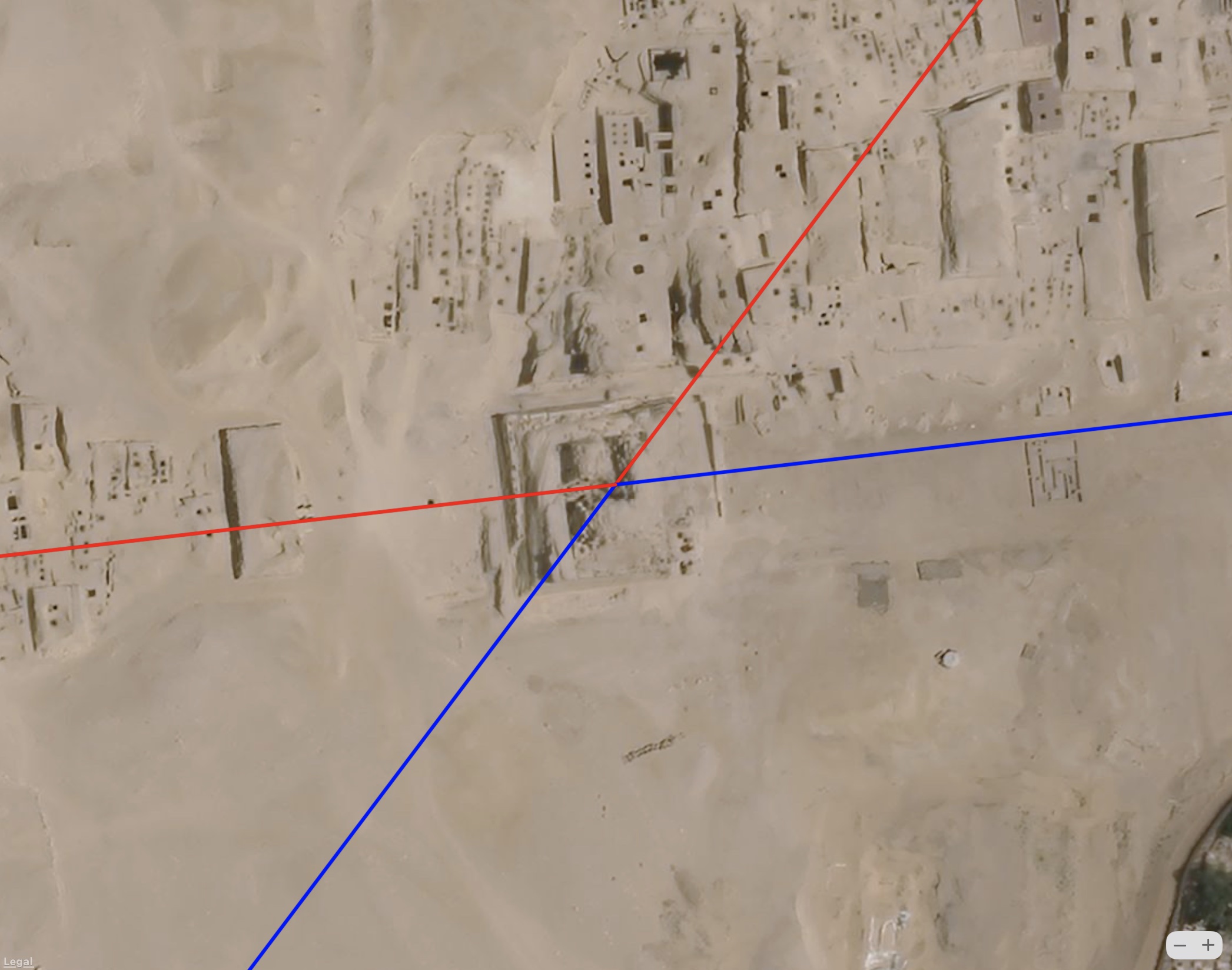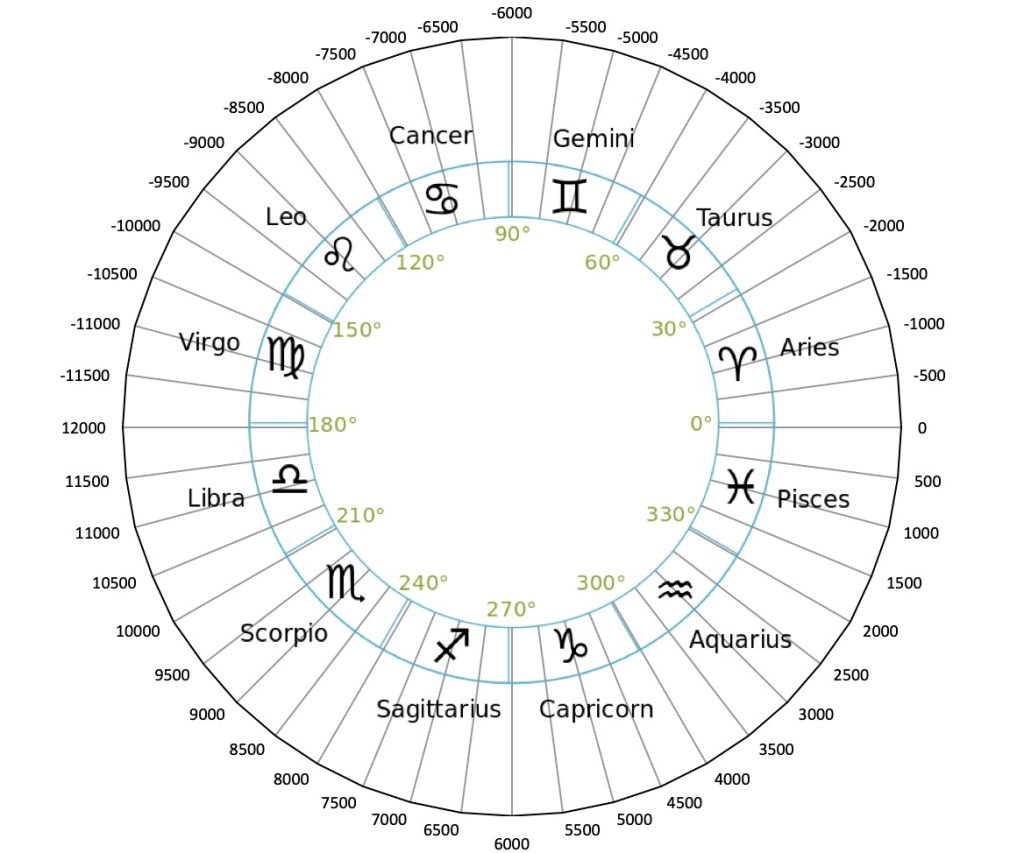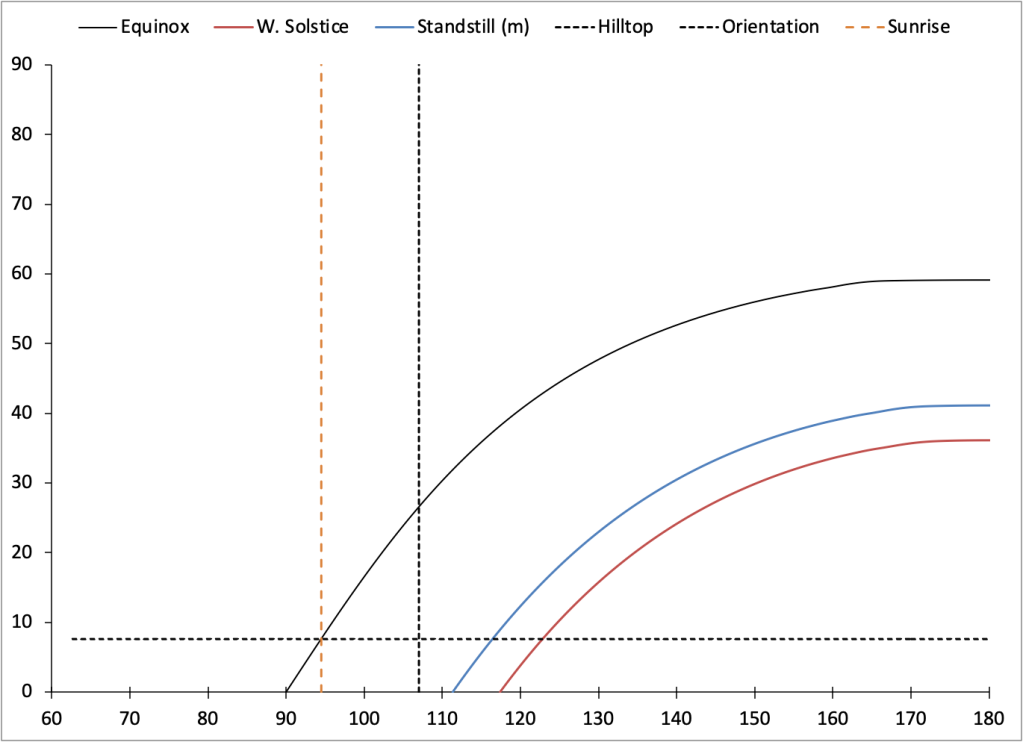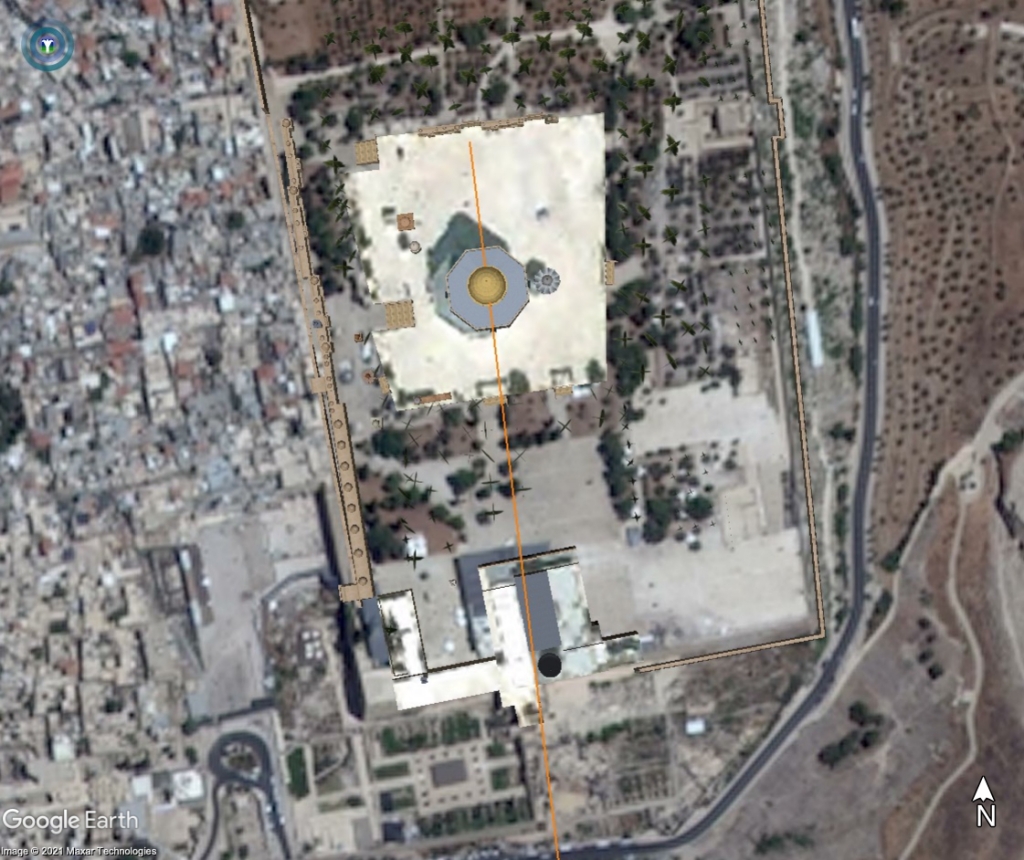If we were to examine the orientation of ancient places across the world, what fraction would be aligned to the sun, moon, stars, or in other known ways? This question was first posed in a paper published by the Journal of Scientific Exploration in 2018. The key finding of a worldwide survey of ancient sites was that only about 40% of the over 200 sites examined appeared to be aligned in known astronomical or geographical directions. Over the past six years, hundreds of additional sites have been analyzed. This article, which is based on a presentation at the Altars of the Sun and Moon conference organized to coincide with the recent April 2024 total eclipse by the New England Antiquities Research Association (NEARA), updates the original survey by providing compelling statistical evidence supporting the hypothesis that hundreds of sites worldwide are probably far older than we think.

Determining the Alignment of a Site
In order to determine if a site is aligned to something we must first measure its orientation with respect to true (geographic) north. One way to do this is on the ground with a compass using a declination table to correct for differences between true and geomagnetic north. A far more accurate and efficient way is with overhead (satellite) imagery (provided the site is visible from above). At first, I used the ruler tool in Google Earth to measure the heading (clockwise angle from true north) of linear features and rectilinear structures having well-defined edges. I then compared the angles with solstice sunrise/sunset and other directions to determine if the site was aligned in a particular way. Later, to automate the process so that more sites could be examined, I developed an app known as Sacred Directions. By simply entering the latitude and longitude of a site, the app plots lines in the cardinal directions, directions of solstices, lunar standstills, and zenith passages, geomagnetic alignments, and directions to other sites over high-resolution satellite imagery. With the help of Sacred Directions, I have examined thousands of sites over the past six years.
Let’s first examine some sites that are aligned to the sun and the moon. Many places are oriented to face in the cardinal directions – north, south, east, and west. A previous article discussed the precise alignment of 3rd and 4th Dynasty Egyptian pyramids to the cardinal directions and how it is likely the ancient Egyptians aligned these structures on the equinox when the sun rises and sets due east-west.
Solstice alignments mark the longest and shortest days of the year. The alignment to the summer solstice sunrise at Stonehenge in England is well known. A passage tomb at Newgrange in Ireland, the Temple of Karnak in Upper Egypt, and the Ales Stones in Sweden are places that are oriented in the direction of the winter solstice sunrise.

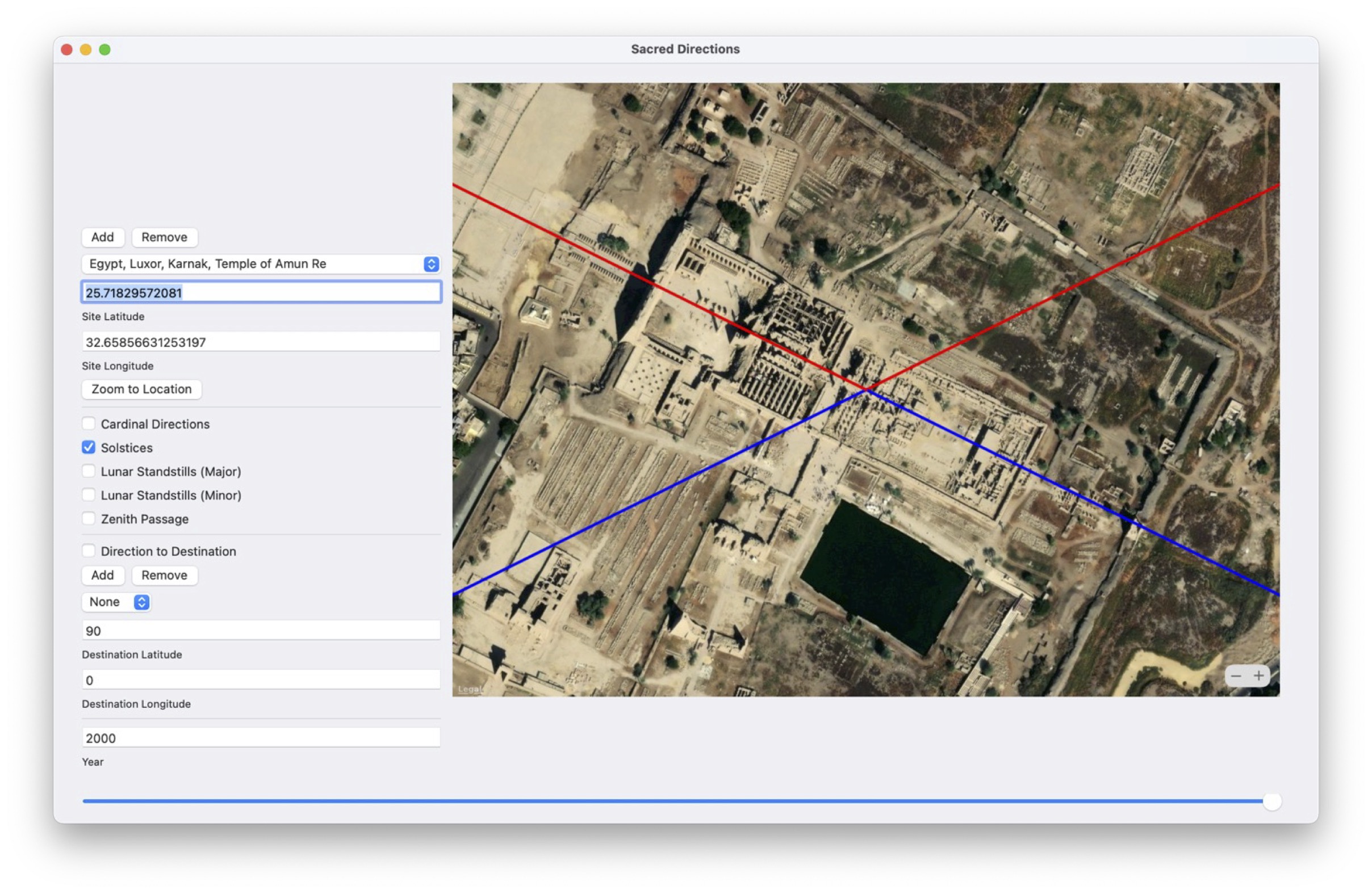
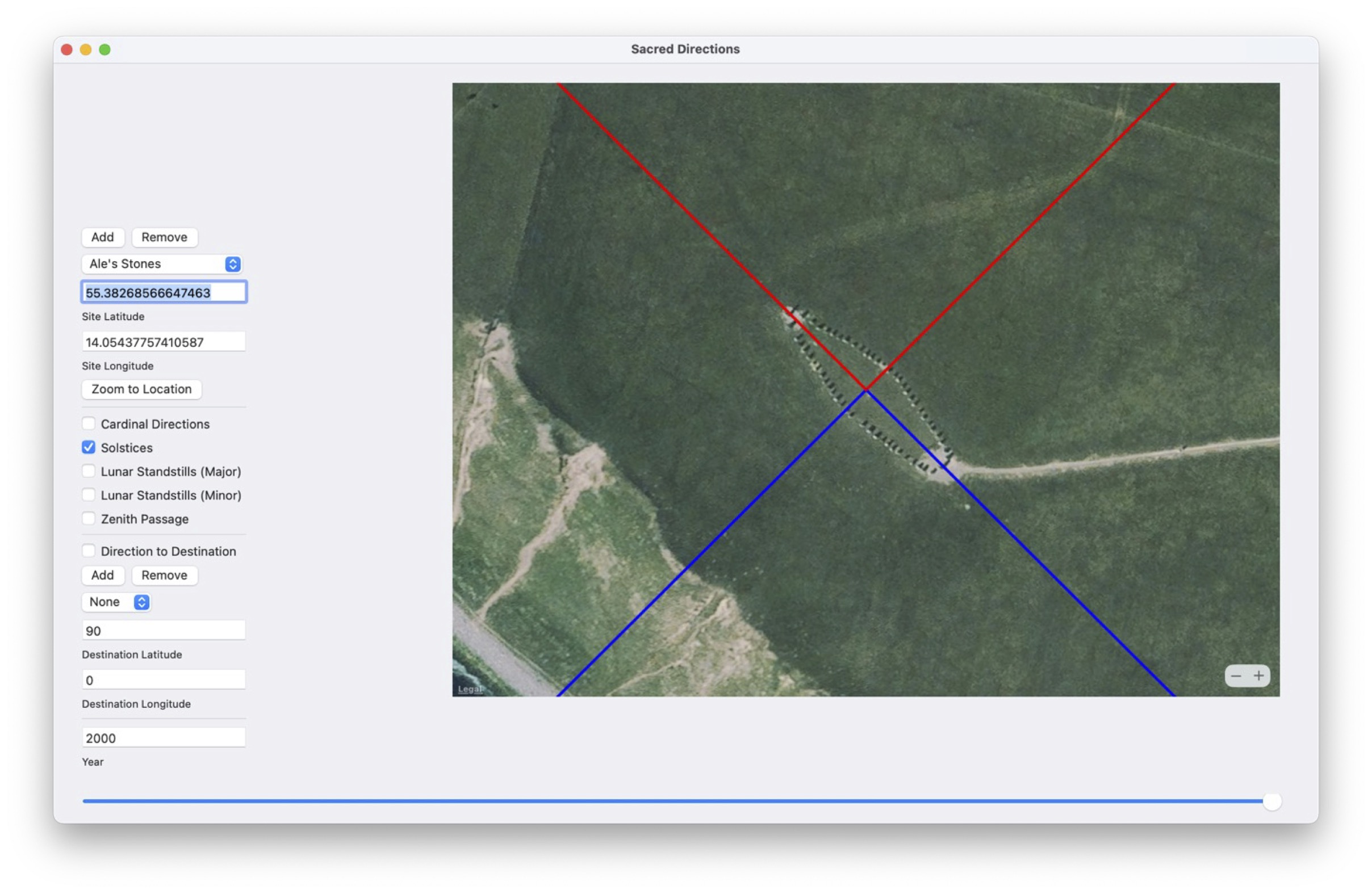
Where solstice alignments mark the most northern and southern risings and settings of the sun over the course of a year (longest and shortest days in the northern hemisphere), lunar standstills do the same for the moon over its 18.6-year cycle. Examples of sites aligned to the moon include structures at Chaco Canyon in New Mexico, Palatine Hill in Rome, and the Ziggurat of Ur in Iraq.
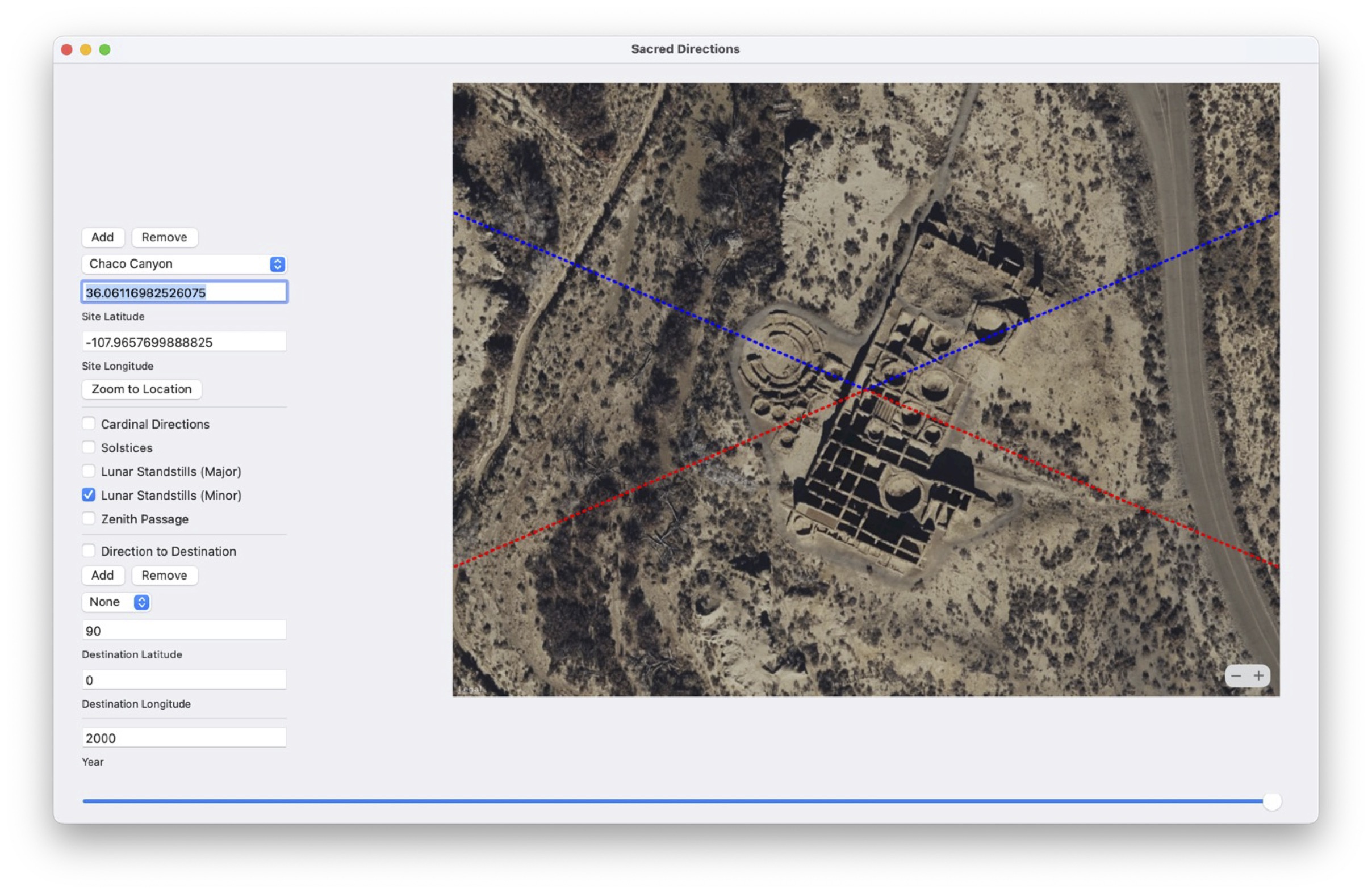


Some ancient sites within the zone of the tropics are aligned in the direction of zenith passage sunrises/sunsets – days in which the sun passes directly overhead. A temple at Koh Ker in Cambodia is one such place.

Besides marking the motion of the sun and moon, a study of ancient sites reveals other reasons for their alignment. For example, numerous earthen pyramids in China appear to have been aligned in the direction of the geomagnetic pole at the time they were constructed. Certain sites are thought to have been oriented in the direction of specific stars such as the Temple of Hathor at Dendera in Egypt to Alkaid in Ursa Major. There are also sites that face in directions of importance such as Islamic qibla, Greek oracles, and Quechua ceque. We even found over a dozen sites in northwestern Europe that appear to face in the direction of Paris.
What We Discovered
The initial 2018 survey found 19% of the sites were aligned to the cardinal directions, 9% to solstices, 15% to lunar standstill, 5% to the geomagnetic pole at the time of construction, 5% to other sites, 4% to zenith passages, and 1% to stars, leaving 42% unexplained. In expanding the study to almost 900 sites, 19% of the sites were cardinally aligned, 7% oriented in solstice directions, 11% to lunar standstills, and 6% (mostly in China) to geomagnetic north. To our surprise, more sites appear to be aligned to lunar standstills than to solstices. In fact, broken out by geographical region, alignments to the moon occurred more frequently than those to the sun in 6 of the 15 regions considered (see table below). The most surprising result was that the orientation of about 70% of the sites could not be explained in terms of any of the alignments discussed above.
| Region | Equinox | Solstice | Lunar Standstill | Sun | Moon | Unexplained |
|---|---|---|---|---|---|---|
| Arabia | 0 | 1 | 3 | X | 5 | |
| Central Asia | 2 | 3 | 2 | X | 26 | |
| China | 0 | 2 | 6 | X | 16 | |
| Egypt | 85 | 10 | 15 | X | 70 | |
| Greece | 6 | 2 | 12 | X | 51 | |
| India | 8 | 2 | 0 | X | 20 | |
| Italy | 0 | 2 | 4 | X | 14 | |
| Levant | 6 | 1 | 10 | X | 47 | |
| Mesoamerica | 9 | 7 | 11 | X | 63 | |
| Mesopotamia | 22 | 5 | 4 | X | 47 | |
| N. Africa | 0 | 2 | 4 | X | 32 | |
| N. America | 4 | 1 | 5 | 11 | ||
| S. America | 0 | 6 | 4 | X | 58 | |
| Torgai | 1 | 3 | 0 | X | 4 | |
| N. Europe | 0 | 3 | 1 | X | 10 |
Evidence of Civilizations Before Our Own?
That so many sites could not be explained by current models was an unexpected finding – an anomaly. According Thomas Kuhn in The Structure of Scientific Revolutions, the discovery of “anomalies” during revolutions in science leads to new paradigms. New paradigms then ask new questions of old data, move beyond the mere “puzzle-solving” of the previous paradigm, change the rules of the game and the “map” directing new research. In analyzing the orientations of unexplained sites, we found that most appear to reference four locations within about 30 degrees of the current geographic pole. If these were previous locations of the North Pole, Hapgood’s theory of earth crustal displacement offers a simple explanation and an interesting alternative to current theories regarding the age of these sites.
According to our revised and expanded version of Hapgood’s theory, sites aligned to a North Pole in Hudson Bay could be 20-50 thousand years old – places like Teotihuacan, north of Mexico City, which is cardinally aligned to the pole, the Osirion in Upper Egypt aligned to the summer solstice sunrise, and the Pantheon in Rome aligned to major lunar standstills relative to the Hudson Bay pole.



According to Hapgood’s theory, before Hudson Bay, the geographic pole is hypothesized to have been located in the Norwegian Sea 50-75 thousand years ago. Three sites that reference a North Pole in the Norwegian Sea include Chichen Itza in Mexico, Por-Bazhyn in Siberia, and one of the more prominent Nazca lines in Peru.
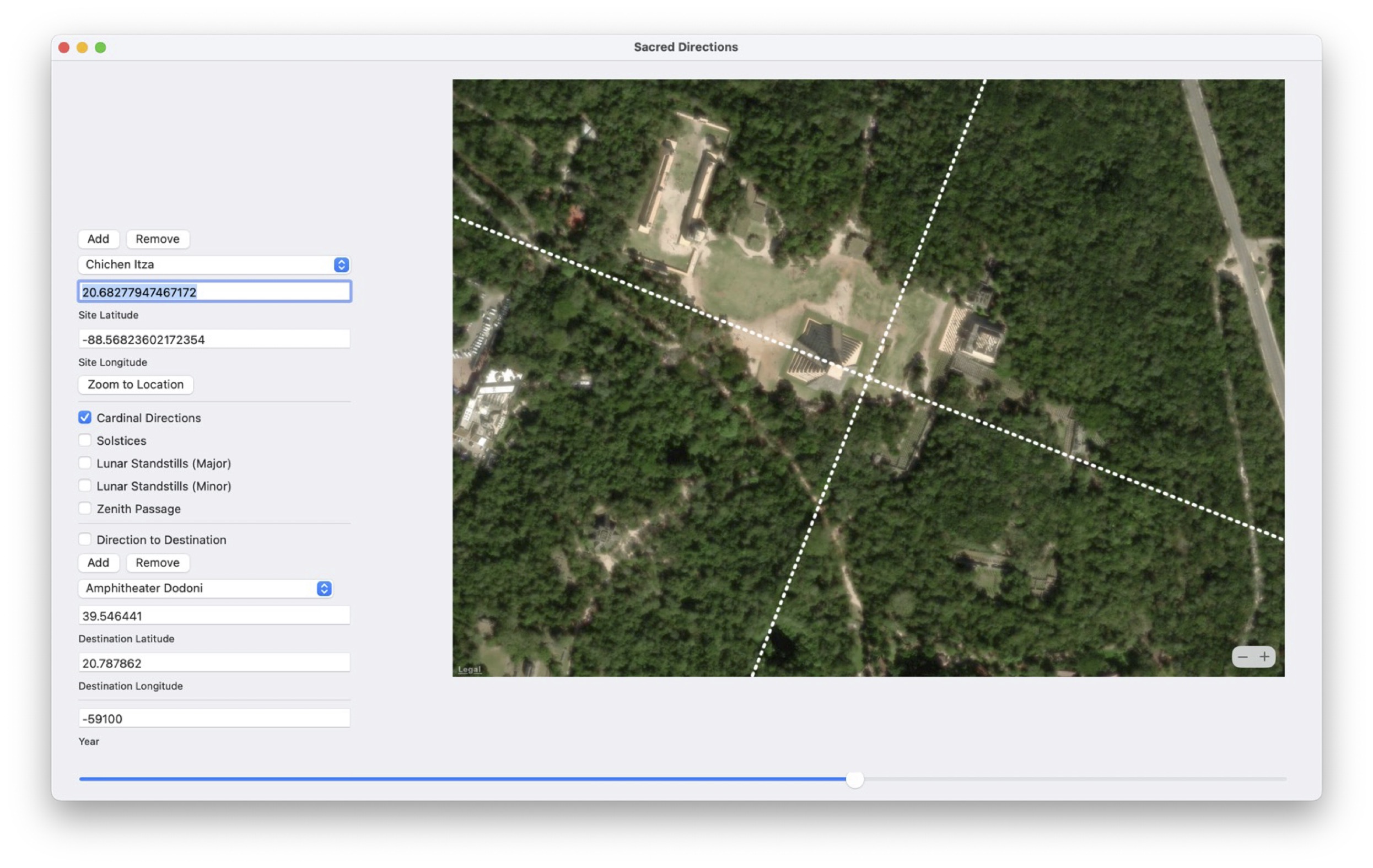
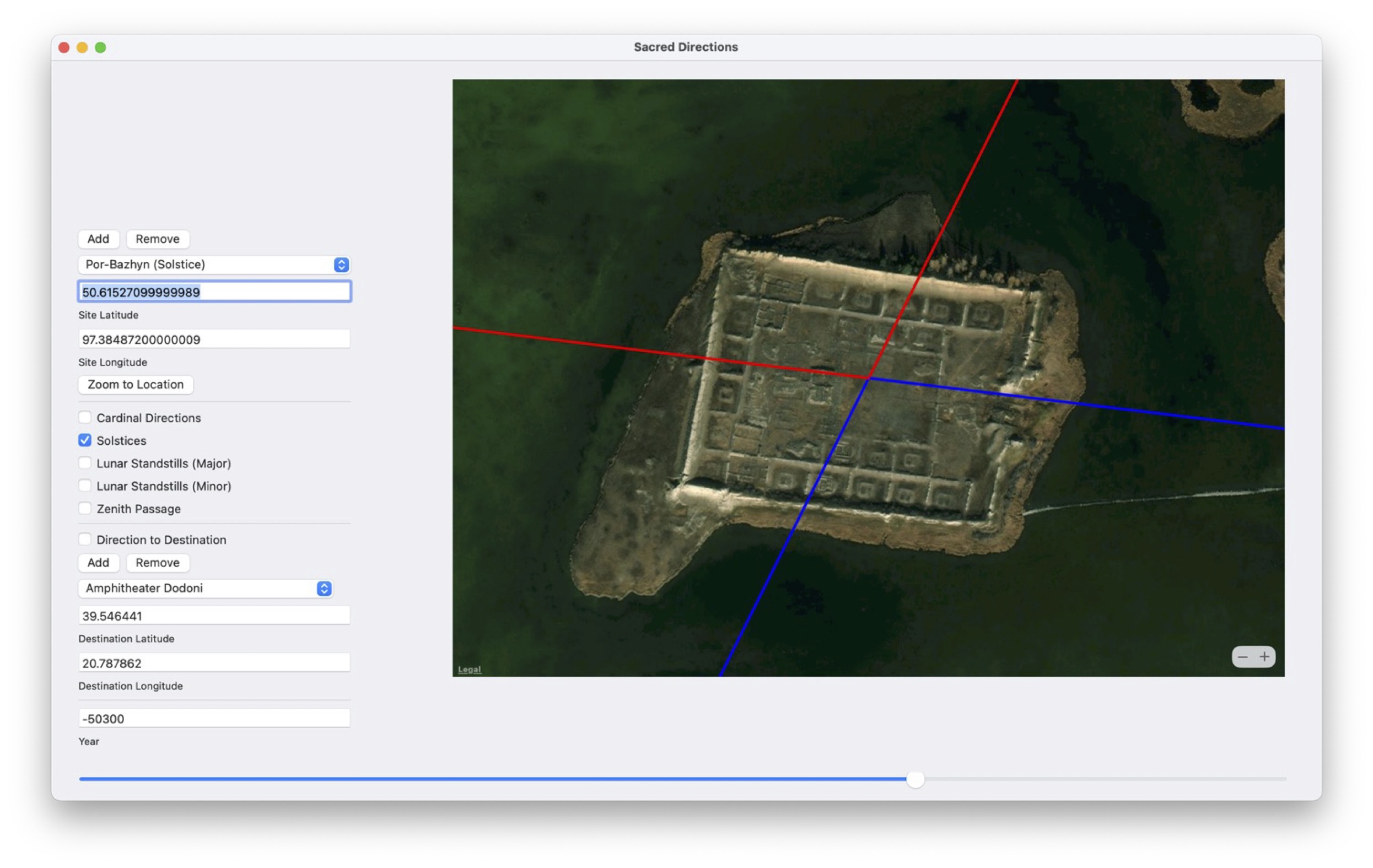
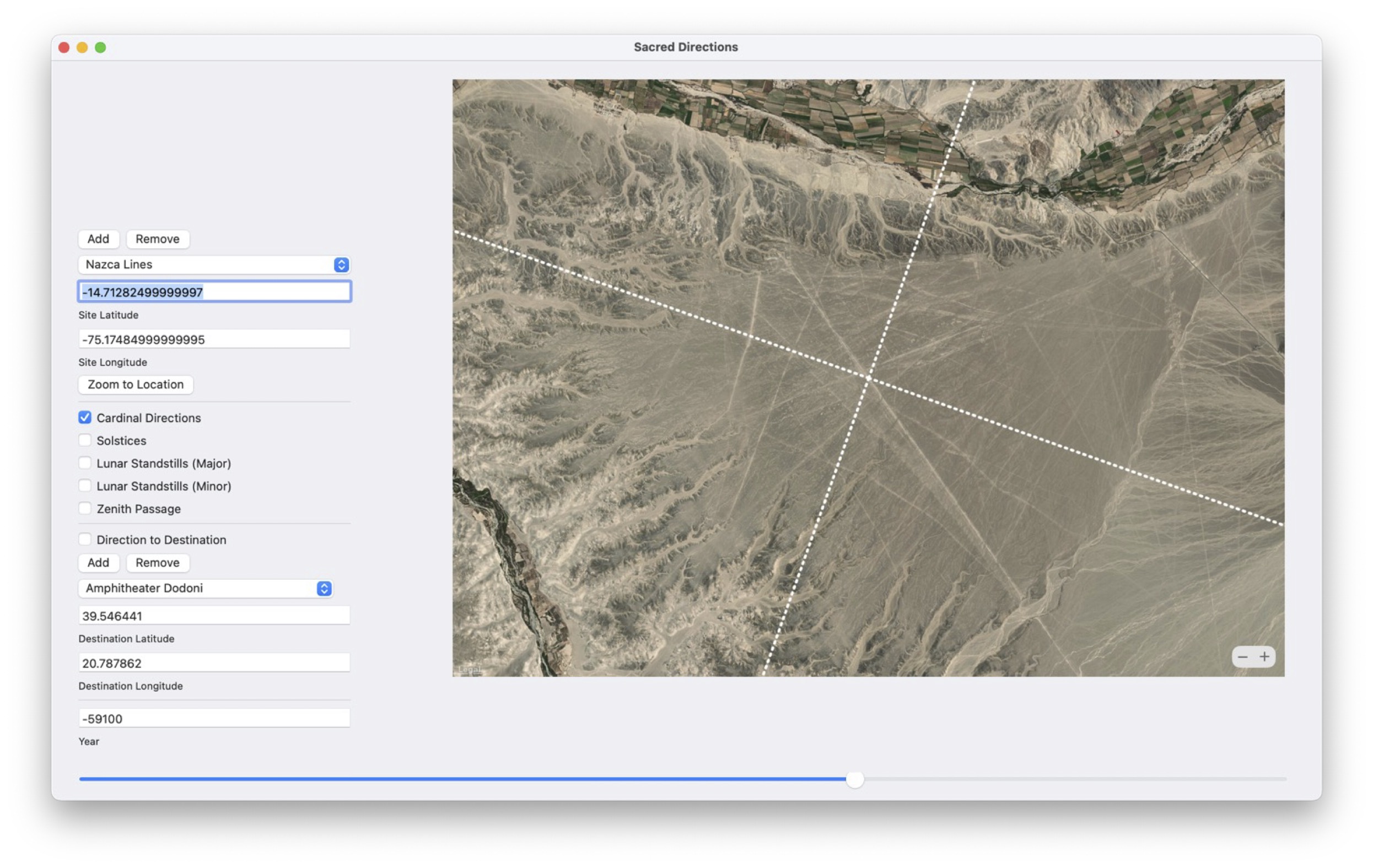
Between 75 and 130 thousand years ago, climate data suggest the North Pole was in northern Greenland, not far from where it is today. The Parthenon atop the Acropolis in Athens, Baalbek in Lebanon, and the western and southern walls surrounding the Temple Mount in Jerusalem are all cardinally aligned with respect to the Greenland pole.

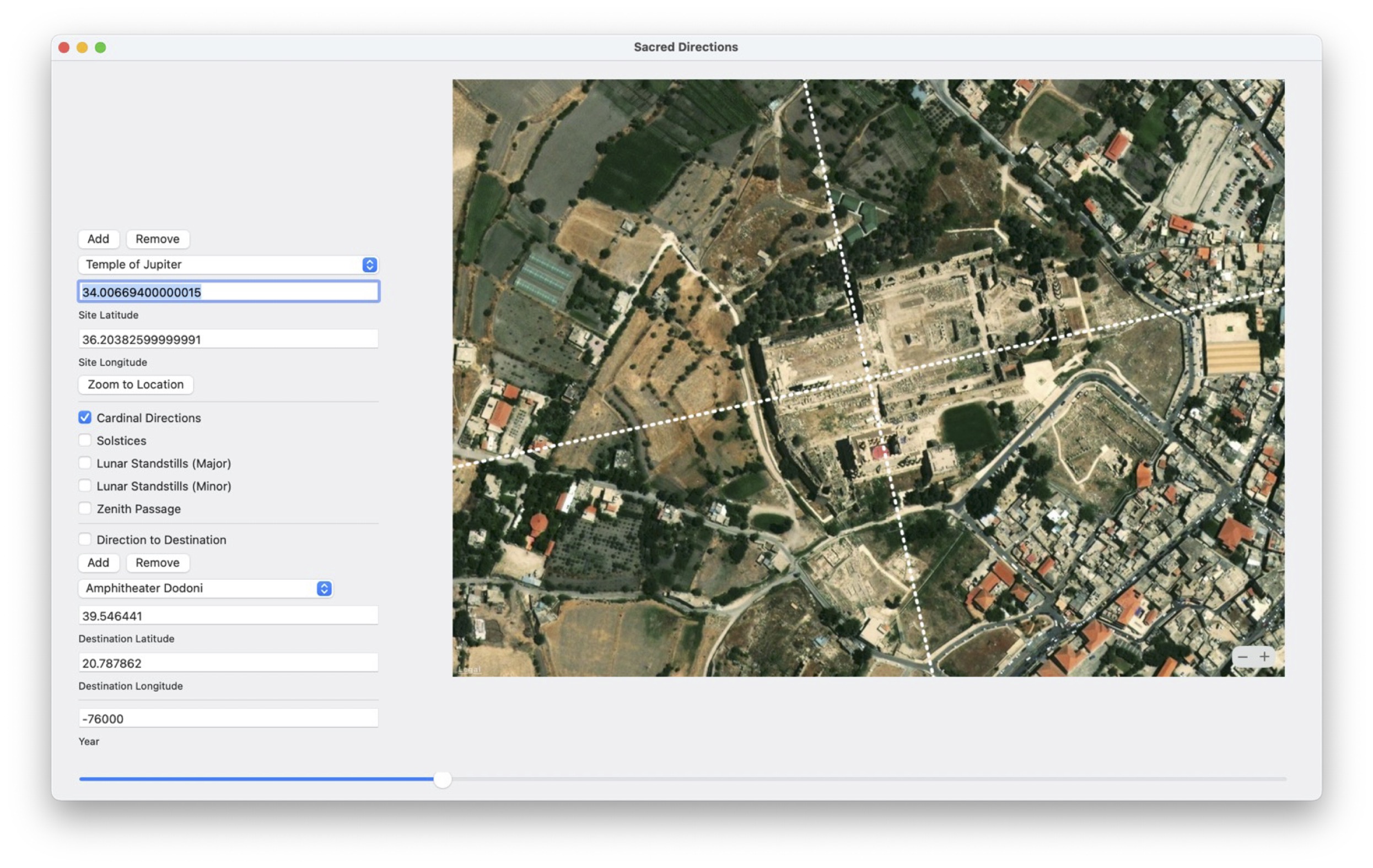

The oldest pole is thought to have been located in the Bering Sea more than 130 thousand years ago. The most prominent of the Nazca lines points to the Bering Sea pole as do a number of ancient sites in Peru’s Sacred Valley including the Temple of the Sun at Ollantaytambo. Lion’s Rock and the surrounding complex at Sigiriya are aligned to the winter solstice sunrise relative to the Bering Sea pole.
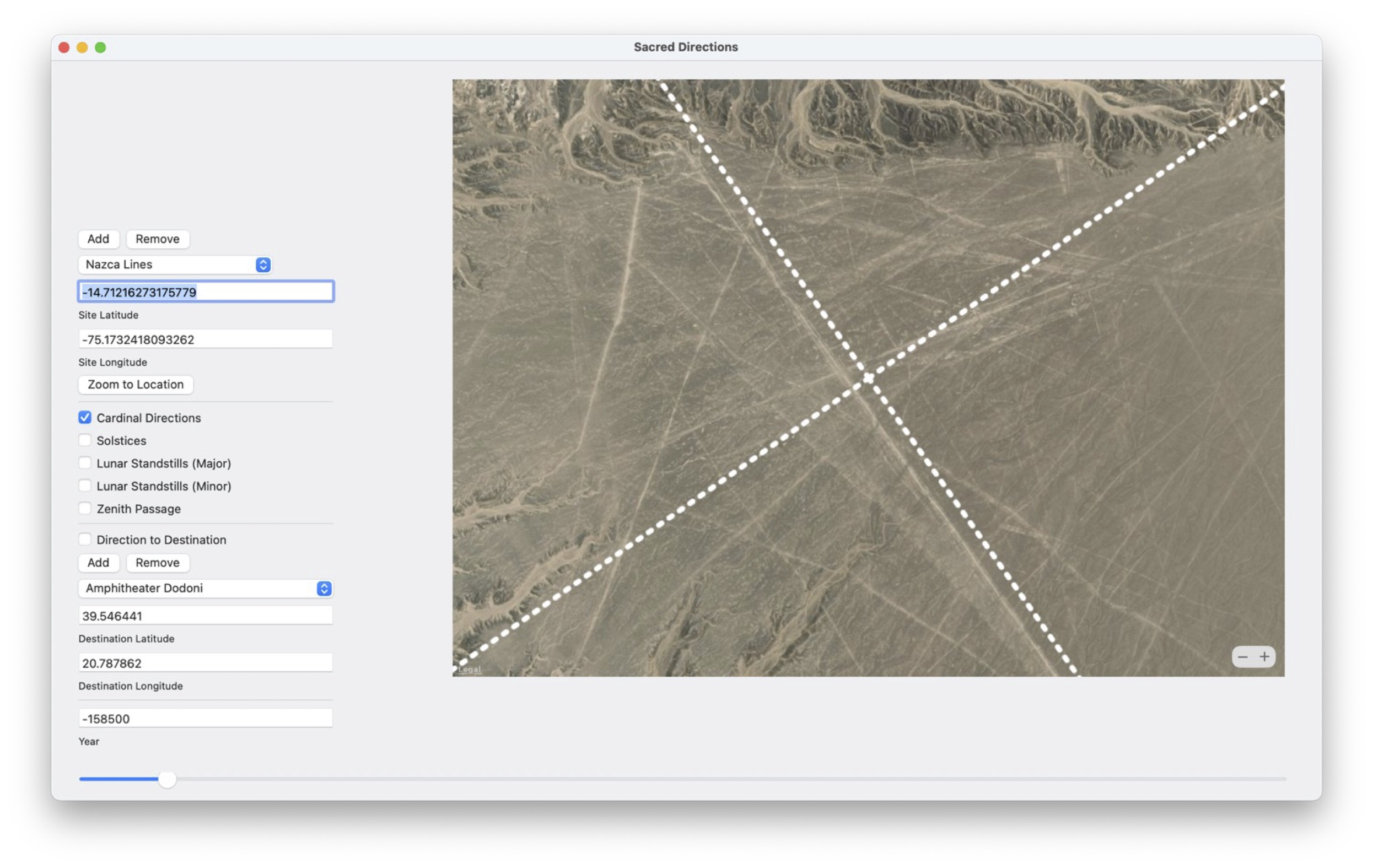


These are just a few of the previously unexplained sites whose orientations can be explained by changing the frame of reference. Perhaps the best evidence in support of Hapgood’s theory is the sheer number of sites we have found that can be explained in this way.
| Region | Ar | HB | NS | Gr | BS | X | E | S | M |
|---|---|---|---|---|---|---|---|---|---|
| Greece | 26 | 17 | 8 | 12 | 14 | 6 | 32 | 13 | 21 |
| N. Europe | 7 | 10 | 0 | 0 | 0 | 0 | 6 | 7 | 7 |
| Mesoamerica | 33 | 37 | 14 | 10 | 2 | 2 | 62 | 11 | 16 |
| Egypt | 111 | 20 | 8 | 34 | 8 | 0 | 107 | 32 | 38 |
| Pacific | 0 | 4 | 0 | 0 | 0 | 0 | 1 | 3 | 0 |
| Mesopotamia | 33 | 20 | 4 | 10 | 13 | 0 | 41 | 20 | 13 |
| Torgai | 4 | 2 | 1 | 1 | 0 | 0 | 5 | 3 | 0 |
| Central Asia | 7 | 13 | 3 | 7 | 3 | 0 | 15 | 15 | 3 |
| India | 11 | 14 | 1 | 4 | 1 | 0 | 22 | 8 | 2 |
| Arabia | 4 | 3 | 0 | 1 | 1 | 0 | 3 | 2 | 5 |
| Levant | 19 | 14 | 8 | 18 | 7 | 0 | 35 | 10 | 21 |
| China | 50 | 10 | 1 | 4 | 1 | 42 | 6 | 4 | 10 |
| Italy | 6 | 12 | 2 | 0 | 0 | 0 | 3 | 7 | 12 |
| N. Africa | 10 | 24 | 6 | 2 | 0 | 0 | 9 | 14 | 22 |
| N. America | 11 | 11 | 0 | 0 | 0 | 0 | 10 | 8 | 8 |
| S. America | 12 | 11 | 11 | 12 | 24 | 0 | 16 | 23 | 19 |
| Easter Is. | 0 | 0 | 0 | 4 | 7 | 0 | 3 | 3 | 5 |
| TOTALS | 344 | 222 | 67 | 119 | 81 | 50 | 376 | 183 | 202 |
The last chapter in Beyond Atlantis examines the statistical significance of these numbers and several interesting patterns discovered in the data. As shown in the table below, the probability that a group of sites randomly faces a particular location decreases exponentially as the number of sites increases. The alignment of 344 sites to the Arctic pole is clearly not a coincidence. The probability that this could have occurred by chance is zero. Similarly, the probability of 222 sites randomly lining up to the Hudson Bay pole is practically zero. Statistically, this too cannot be a coincidence. Although the other probabilities appear at first to be less significant, it is plausible that there are fewer sites aligned to older poles because older sites had less of a chance of surviving the ravages of time and were more likely to have been destroyed or buried.
| Pole | Number of Sites | Probability of Random Alignment |
|---|---|---|
| Arctic | 344 | 0 |
| Hudson Bay | 222 | 1.87 x 10-42 |
| Norwegian Sea | 67 | 0.0077 |
| Greenland | 119 | 0.00002 |
| Bering Sea | 81 | 0.045 |
Critics insist there is no need of a new theory as unexplained sites might not have have been purposefully aligned or were aligned in other unknown ways. That “unexplained” sites are found in all parts of the world implies the anomaly is both global in scope and systematic in nature and not due to a lack of knowledge regarding local factors, cultural context, etc. The idea that unexplained sites were not purposefully aligned to anything is not consistent with our finding similarly aligned structures in most regions.
Although it may be difficult to prove Hapgood’s theory of earth crustal displacement, the power of a good theory is in its ability to explain a lot and to do so in a simple way. Hapgood’s theory provides a simple way to explain the climate changes associated with ice ages as well as the alignment of hundreds of ancient sites that cannot otherwise be explained.
In the words of Arthur Conan Doyle, “When you have eliminated all which is impossible, then whatever remains, however improbable, must be the truth.”


